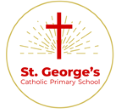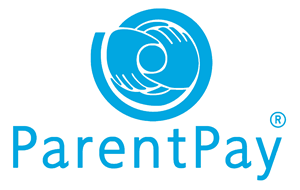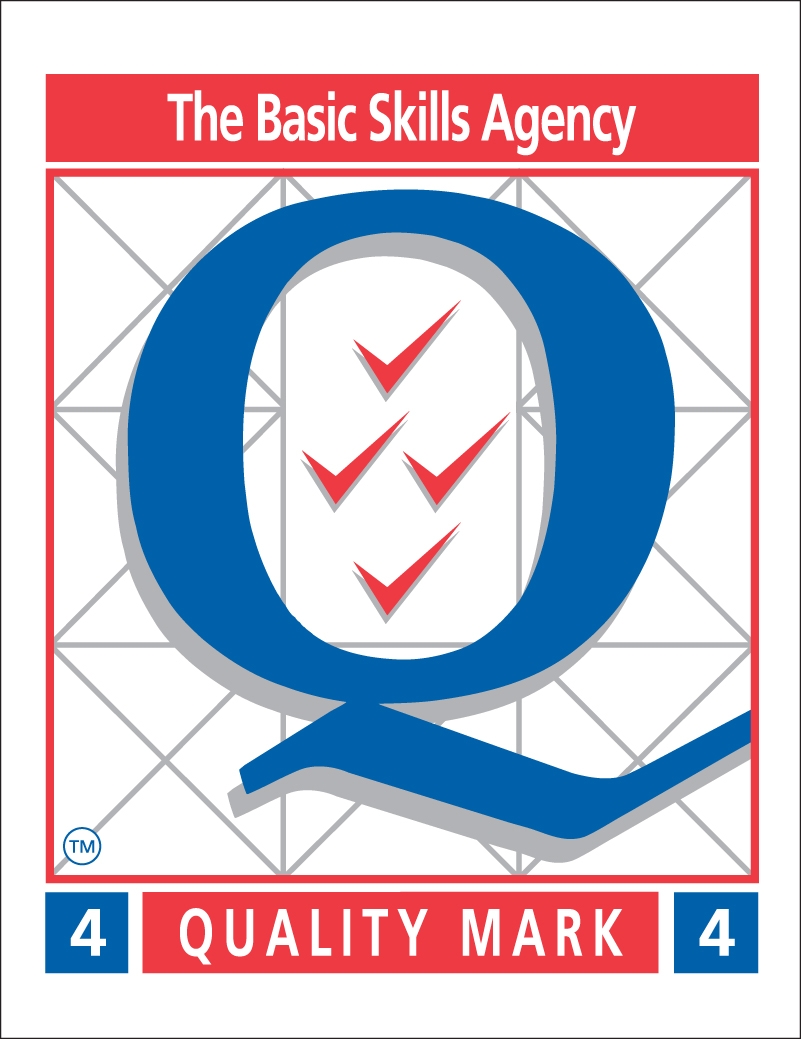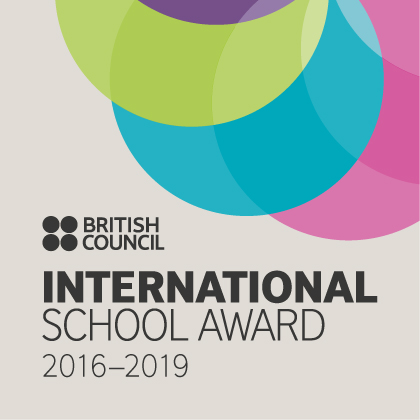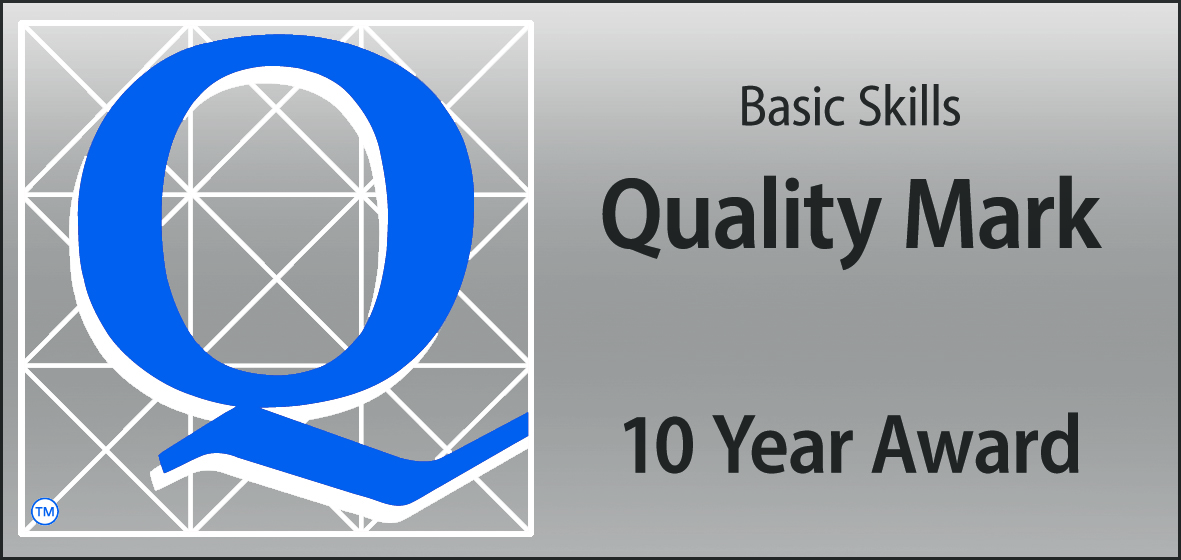Year 3 - Spring
|
Mathematics |
Spring 1: Place Value - 3-digit numbers, ordering numbers to 1000, using money to show 3 – digit numbers. Addition and Subtraction - Formal methods of addition and subtraction. Geometry -Drawing and naming shapes, properties of 2 – D shapes. Multiplication and Division - Counting in steps of 2, 4 and 8, halving to find the division facts for the 4 and 8 multiplication table and solving word problems. Fractions - ordering fractions, fractions on a number line and adding fractions, Measurement - Measuring in centimetres and millimetres, measuring and comparing lengths and adding and subtracting length. Spring 2: Statistics -tally charts, pictograms, bar charts and pictograms. Multiplication and Division - Counting in steps of 50 and 100, multiplication facts, division facts and solving problems. Fractions - adding and subtracting fractions with the same denominator, equivalent fractions and comparing fractions, perimeter of rectangles, drawing and calculating perimeter. Addition and Subtraction - column method. |
|
Literacy |
Spring 1: Myths and legends. Roman myths: Romulus and Remus- prediction, comprehension and drama. Greek Myths- Pandora’s box and Theseus and the Minotaur- Letter writing and newspaper articles. Diary Writing. Suffixes and prefixes. Inverted commas. Recapping contractions and possession (using apostrophes). Spring 2: Performance Poetry. Roald Dahl book review. Letter writing (including features of a persuasive letter). Writing the continuation of a story in the first person. Writing diary entries. Book reviews. Instruction writing. Texts used for this half term to coincide with writing: Peter Pan, The Fantastic Mr. Fox and George’s Marvellous Medicine. |
|
Science |
Spring 1: Forces and Magnets: Learning how forces make objects move, change direction and stop; compare how objects move on different surfaces; friction; magnetism, identifying magnetic materials; investigating and recording. Spring 2: Plants: different parts of plants, make detailed observations of the similarities and differences in a variety of leaves, roots and the functions of the stem. Exploring plants in our environment. |
|
Design and Technology |
Design and make a healthy sandwich. What constitutes a healthy sandwich? Where do we get our food from? Link to previous Science topic on Healthy Eating and PSHE topic on Wellbeing. |
|
Humanities |
Geography - The UK: locate counties, regions and cities of the UK, locate coastal regions of the UK, different land use within the UK, different types of settlements, the weather in the UK and the mountains of the UK. Complete work on volcanoes. History – Stone Age to the Celts: An introduction to the Bronze Age, Bronze Age Trade, Bronze Age Homes, The Iron Age and Celt Warriors. Cross Curricular with Art: Design a Celtic shied. Educational visit for early Summer: Celtic Harmony (Stone Age day). |
|
Spanish |
Complete and consolidate the unit on 'the family'. Read and order a well-known story. Learn how to use a bilingual dictionary to find adjectives to describe objects and characters from the story. |
|
Computing |
Spring 1: We are Presenters – children will make a short narrated video of themselves practising a sport or other skill and use this to help improve their performance. gain skills in shooting live video, such as framing shots, holding the camera steady, and reviewing edit video, including adding narration and editing. Spring 2: Learning how computer networks work – Looking at desktop computers and laptops, learning about wireless connections. Looking at IP addresses on Networks, using a web browser. *Recapping Online Safety each half term* |
|
Art & Design |
Portraying relationships, Aboriginal art – looking at the lives and works of Aboriginal artists. Creating aboriginal art on different materials, i.e. paper and stones. (Cross curricular link with Myth and Legend story of ‘The Rainbow Serpent’ in Literacy). |
|
Music |
Singing. Continuing work on vowel and sound exercises. Listening to music of the Orchestra. Learn about life of Benjamin Britten and compare different pieces of music. Continuing class recorder lessons. Children to practise learning songs for our Easter performance. |
|
P.E. & Games |
Body - control with simple sequences. Stretching and Curling. Ability to play games with simple rules and create own movements. Cultural Dance. Children to focus on the physical status before and during exercise using appropriate language. To learn importance of physical health to mental health and wellbeing. Daily Mile/Fun in 5! |
| PSHCE |
Mental and emotional wellbeing- looking at Fixed and Growth Mindset. What can we do to look after our mental health? (Link/compare with Physical health). PSHE Association materials. Keeping safe – Growing and changing, Feelings, Loss, Risk, dangers and hazards. |
|
Religious Education |
Spring 1: Sacrament of Reconciliation: The Great Commandment, called to change and The Sacrament of Reconciliation. To know that God loves us and that is why he invites us to say ‘sorry’. To use Art to represent how God is a forgiving Father and the love he has for us. Skill level focus: To recognise/describe and make links. Spring 2: Celebrating the Mass: The Last supper, The Sacrifice of the Mass, the New Covenant, The beginning of the Mass, the Readings at the Mass and Holy Communion. To use Computing, Art and role play to increase knowledge and understanding of the Sacrament. Skill level focus: To recognise/describe and make links |
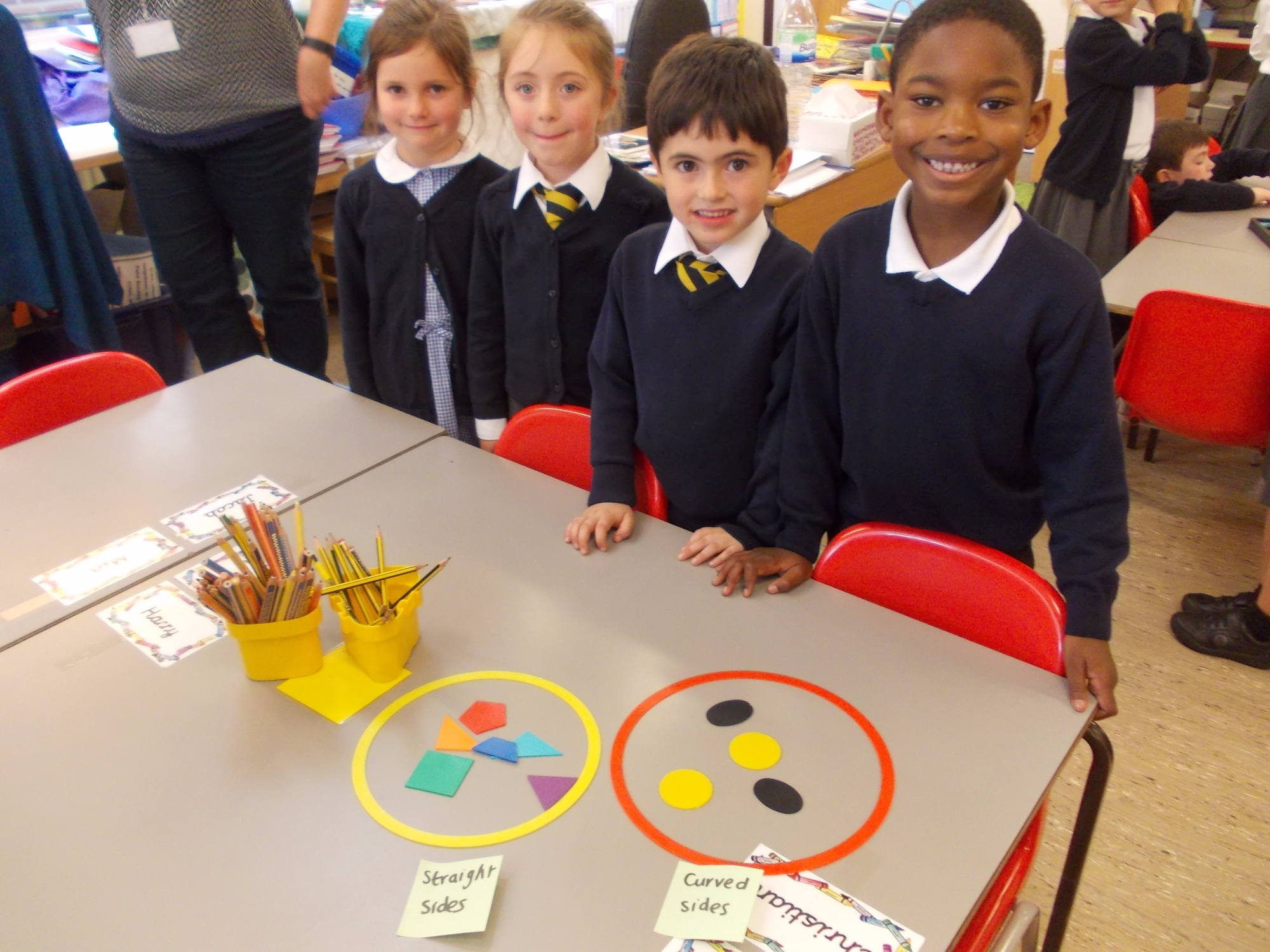
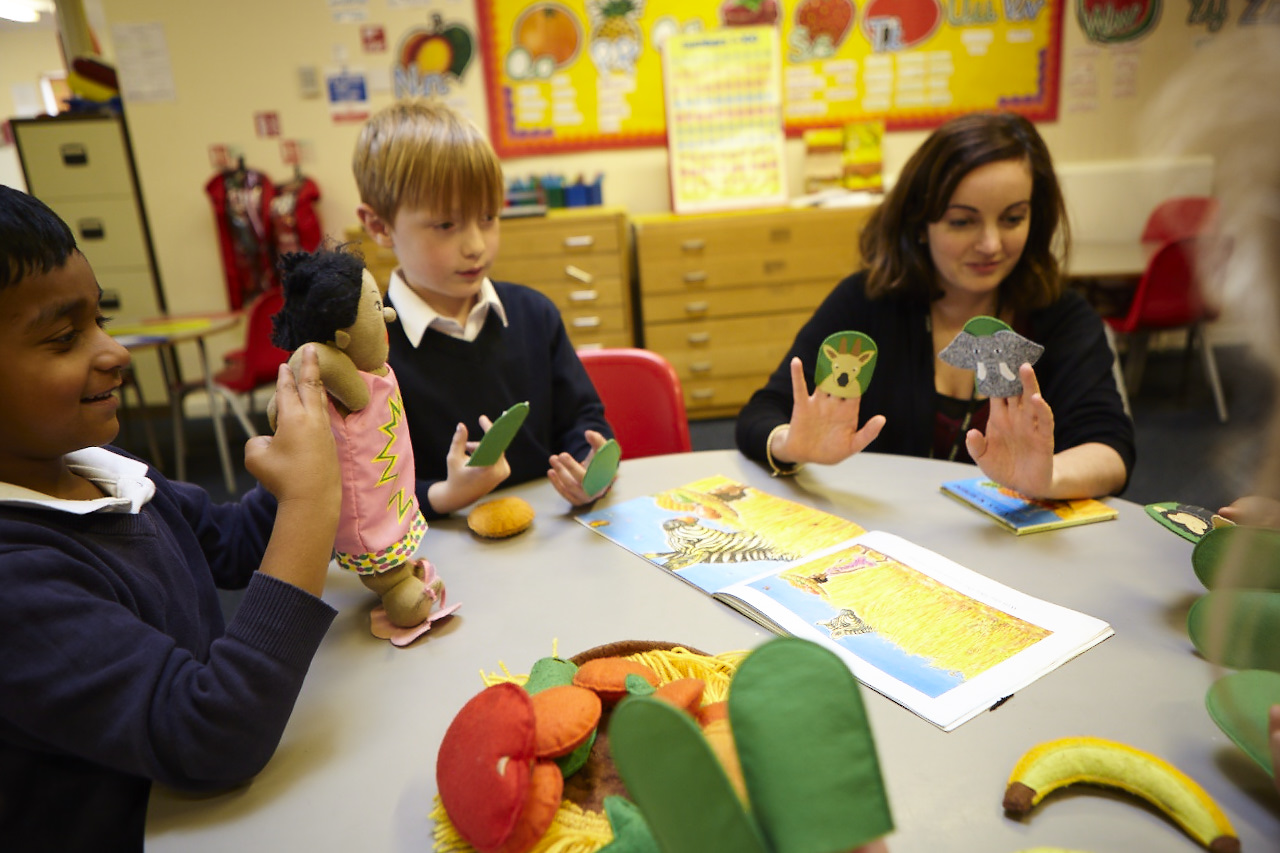
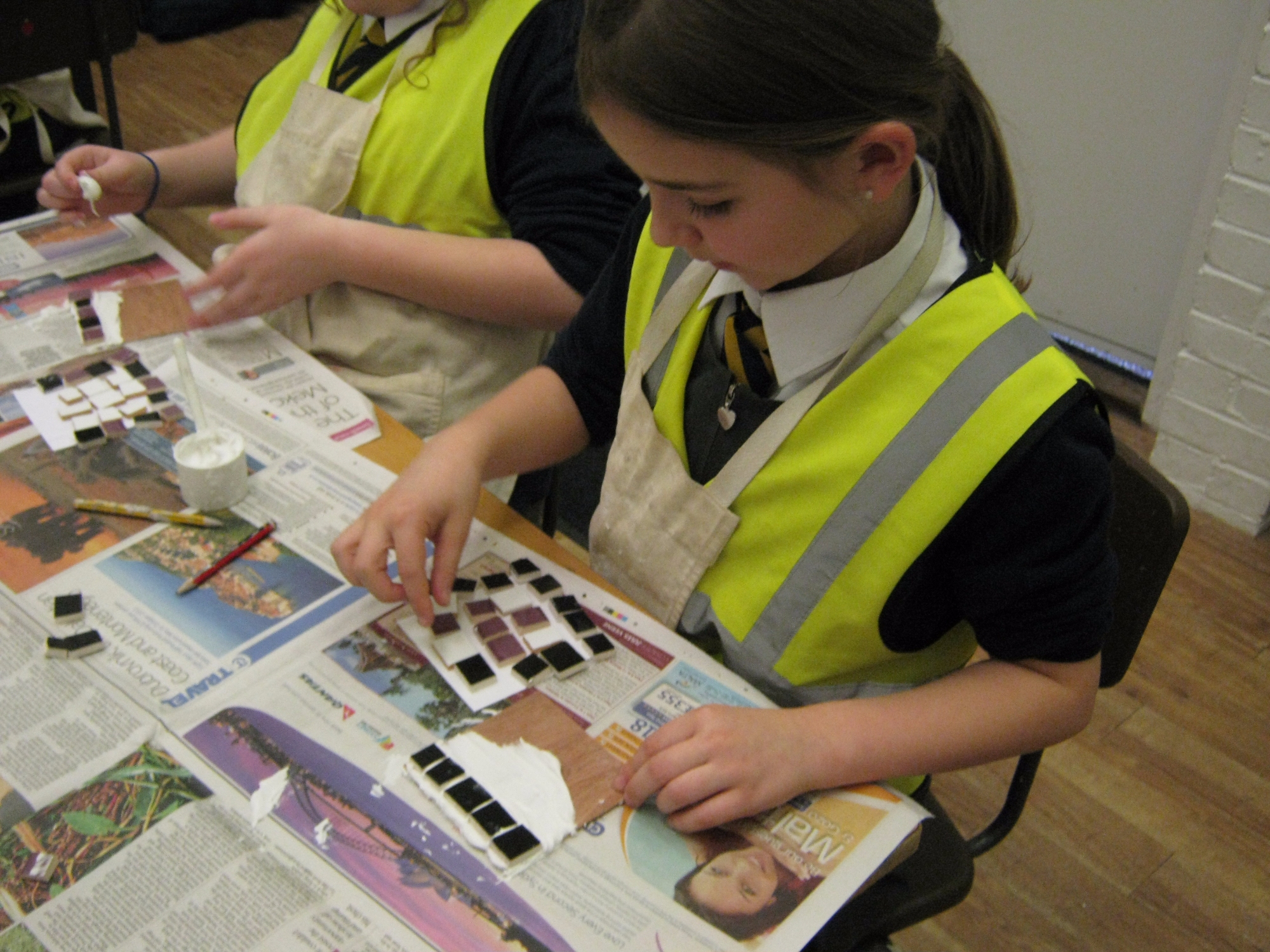
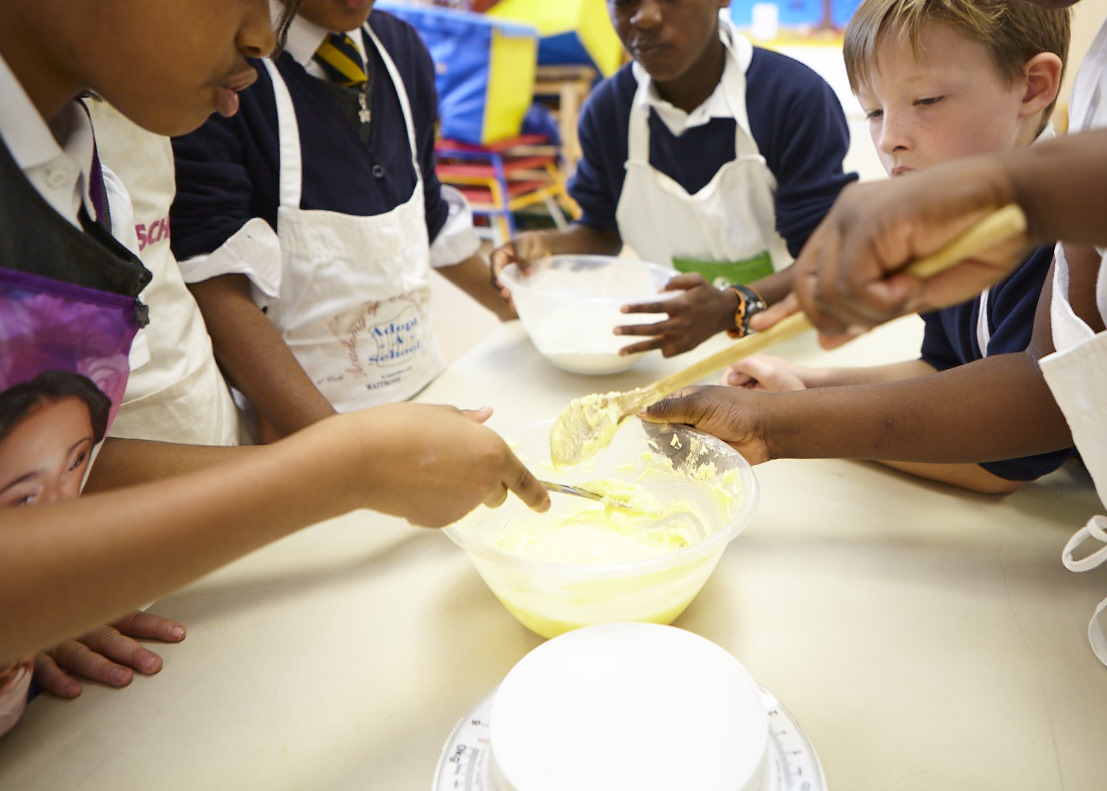
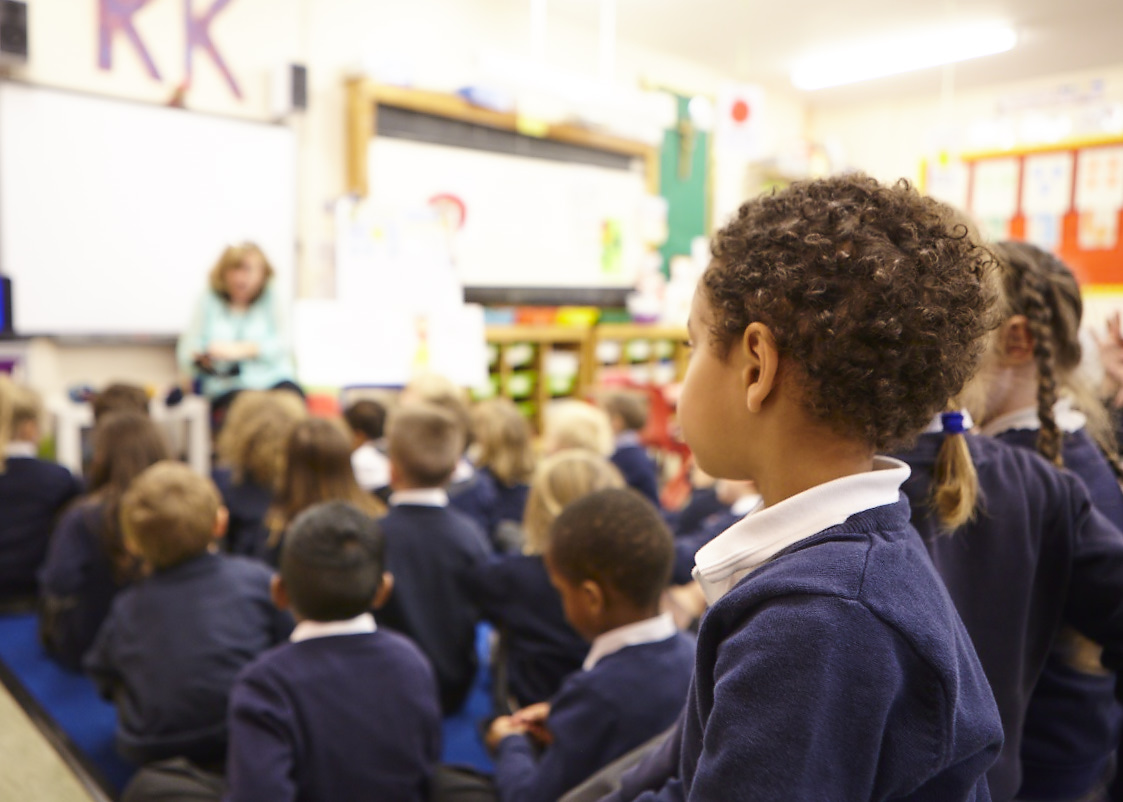
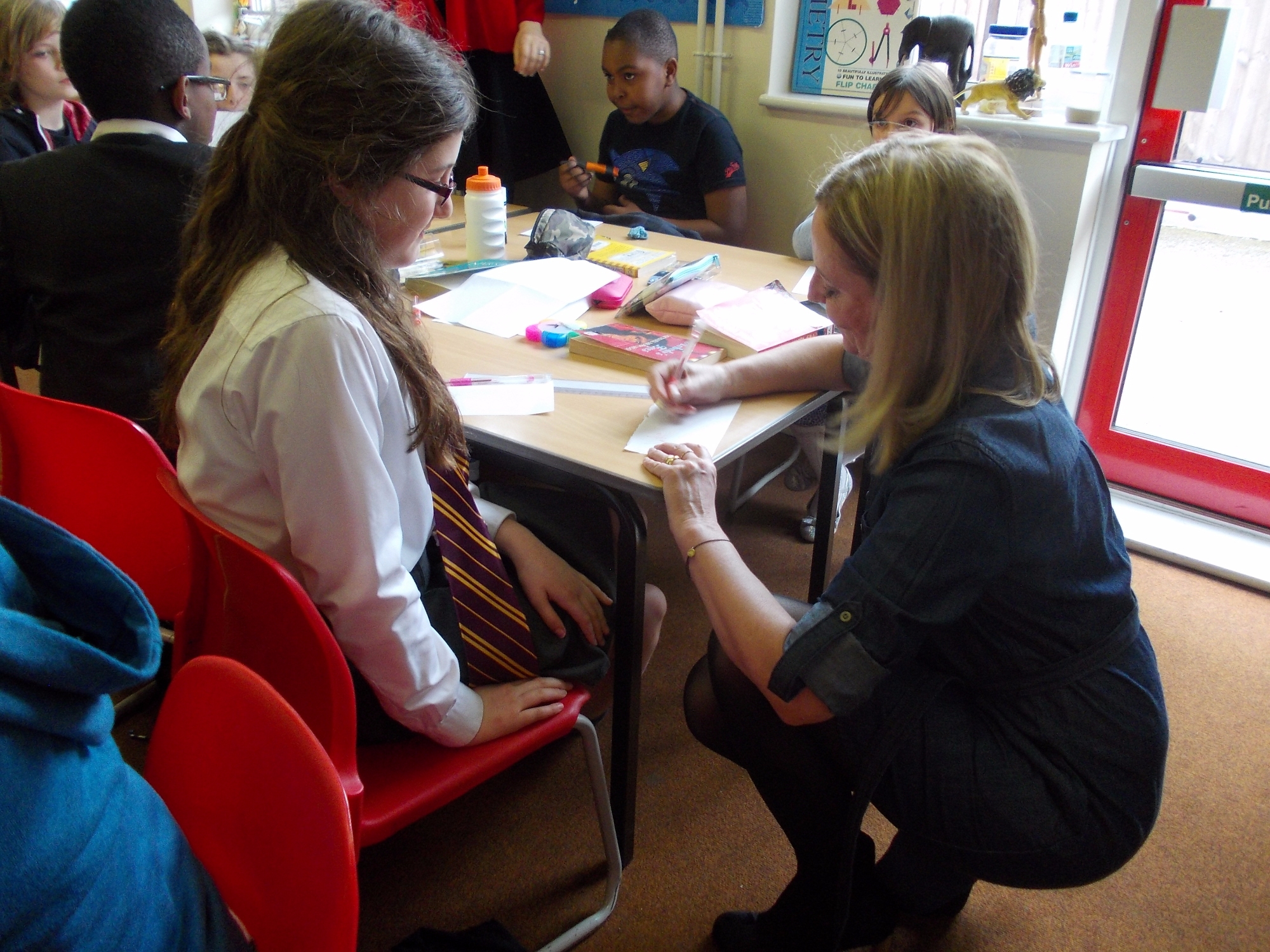
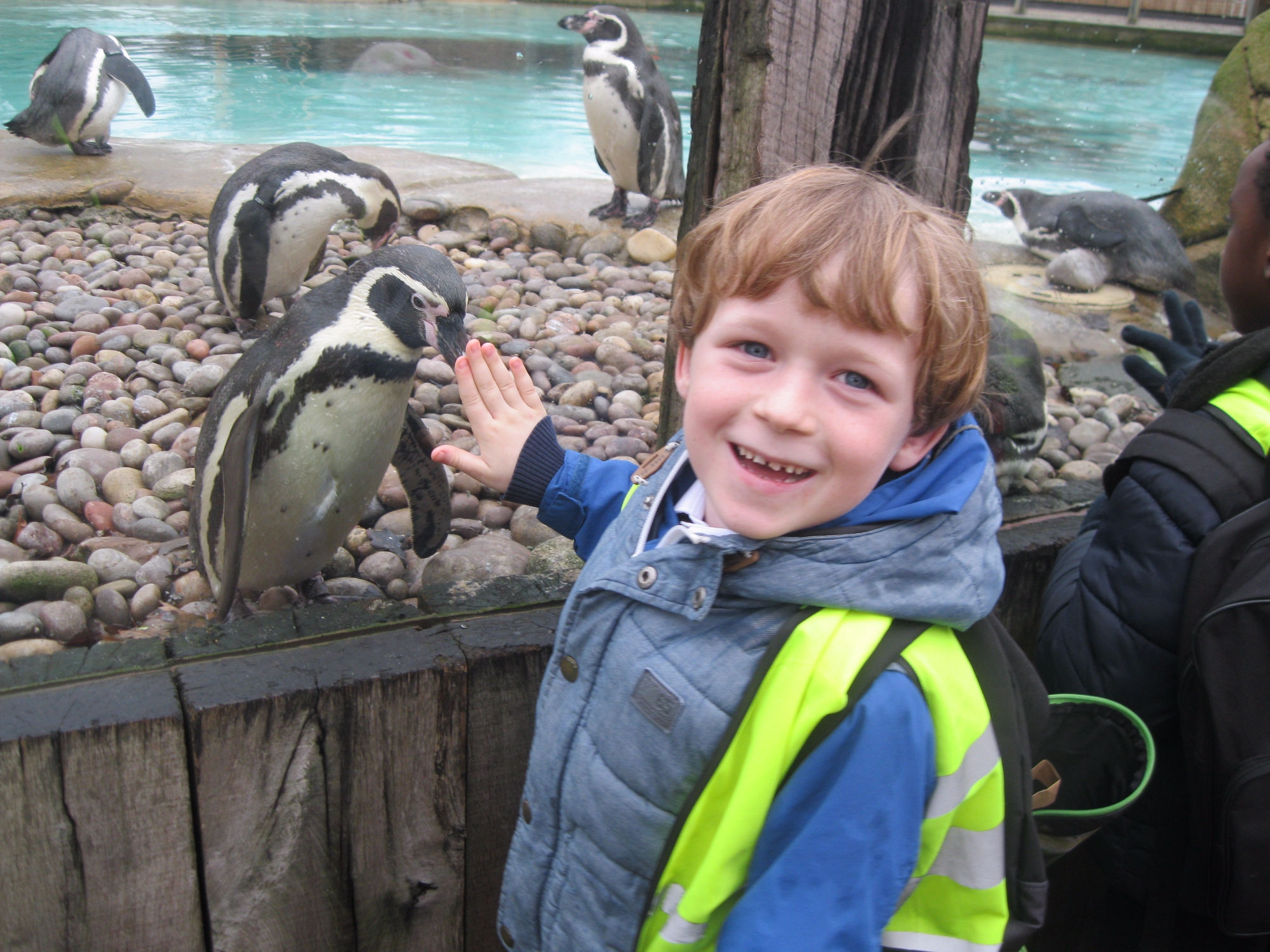
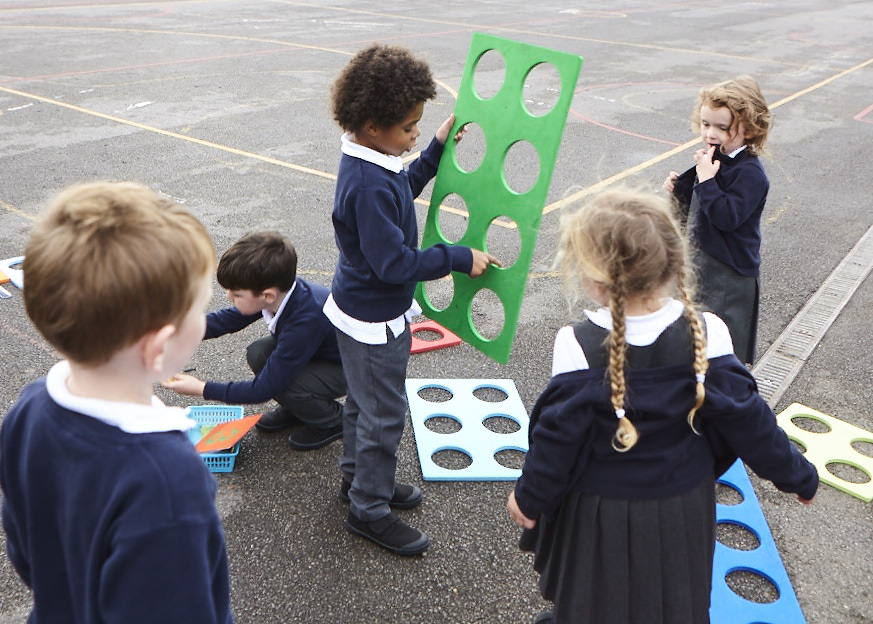
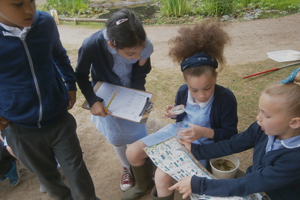
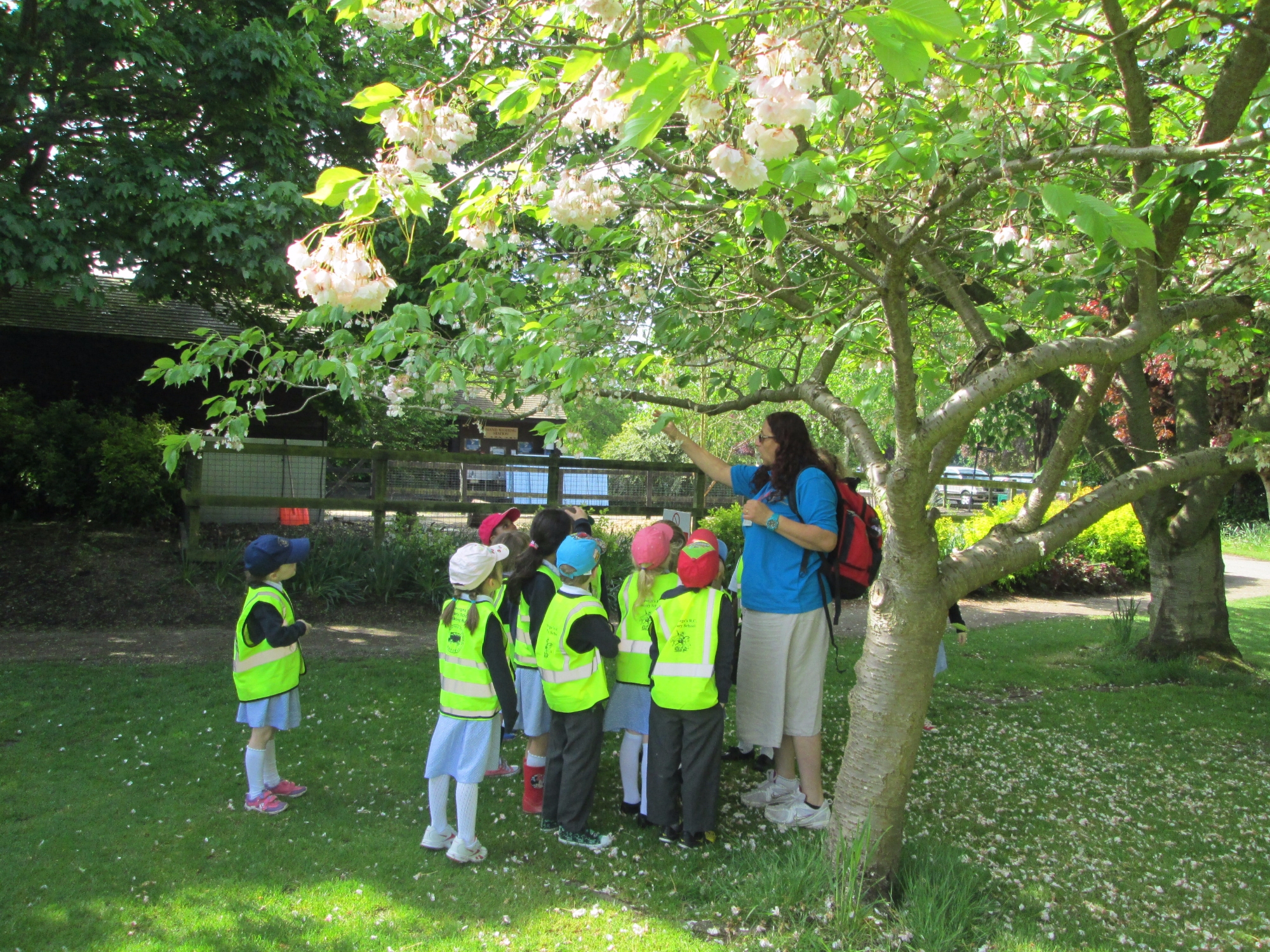
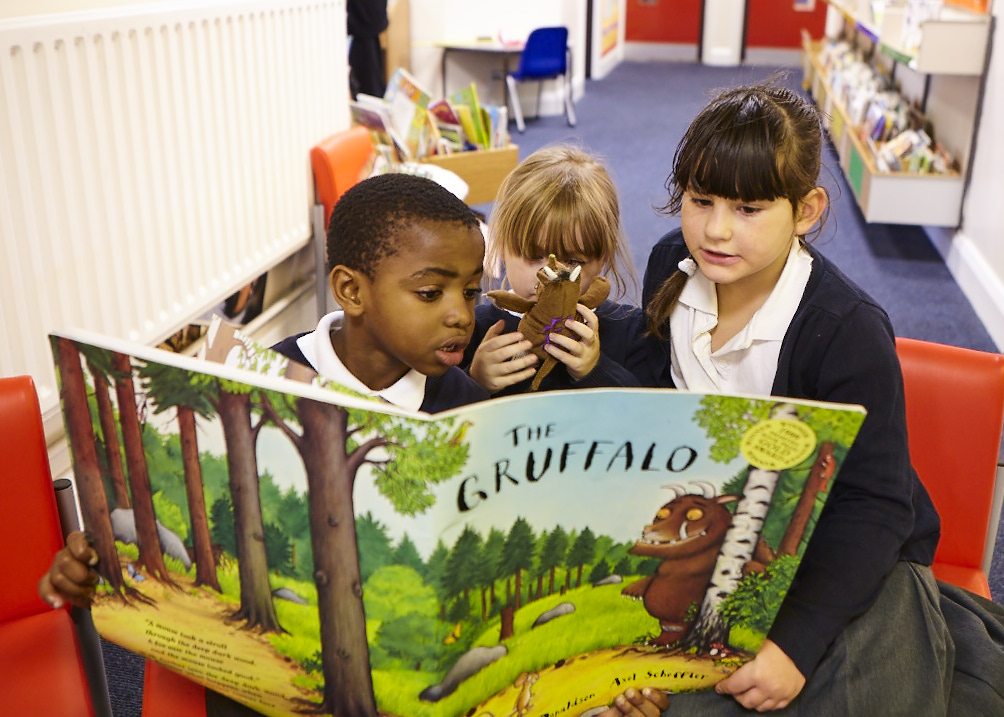
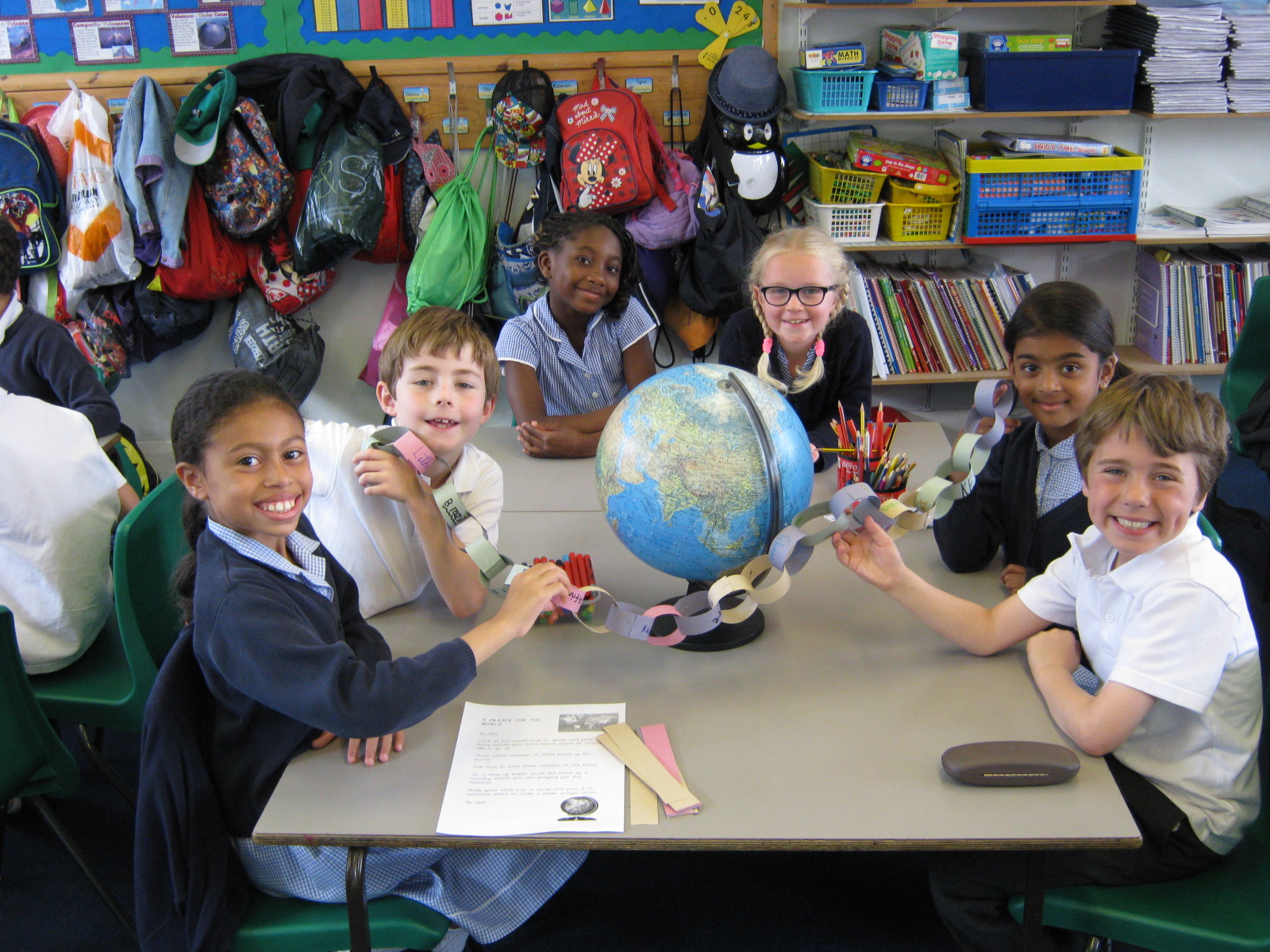
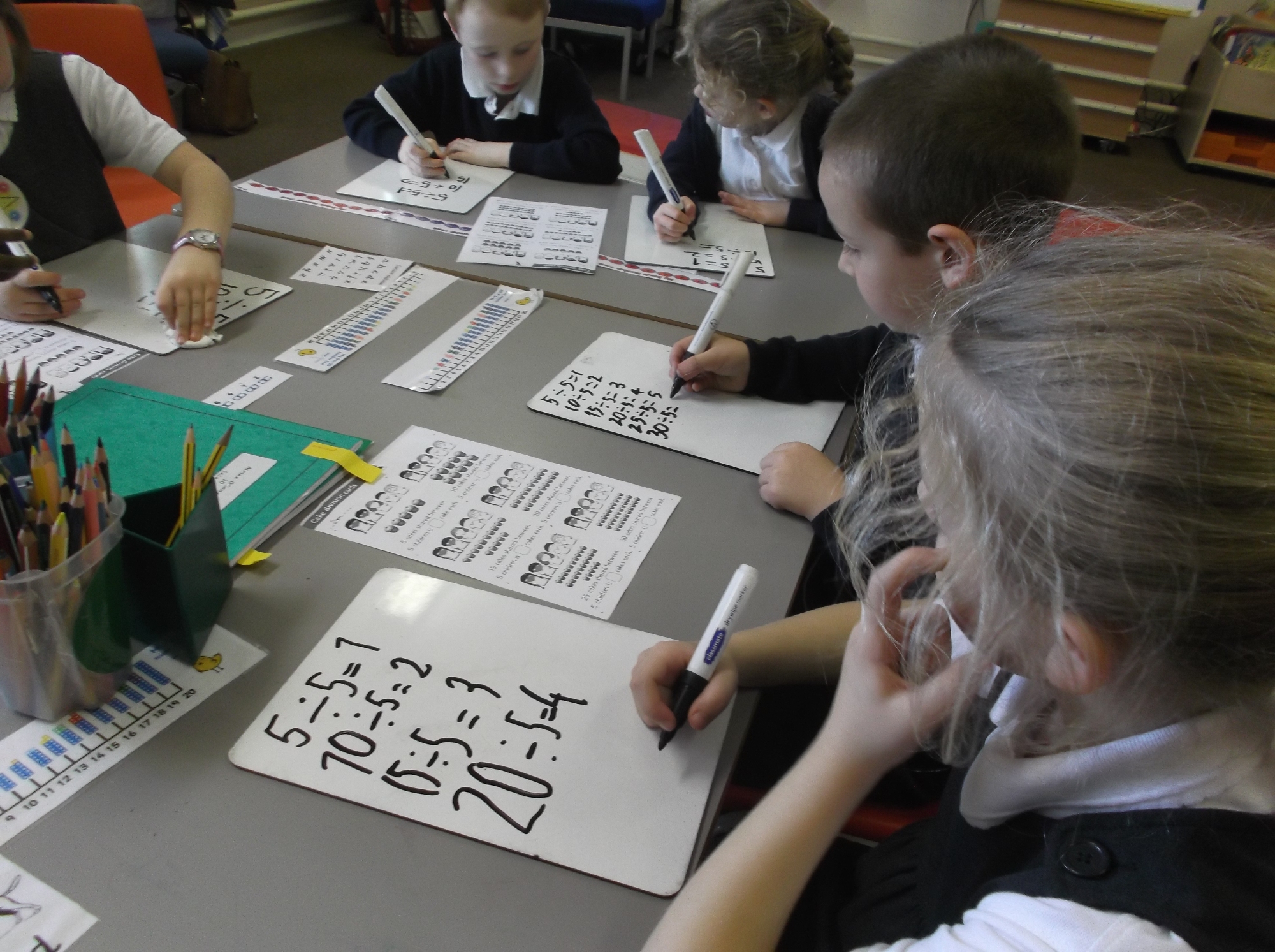
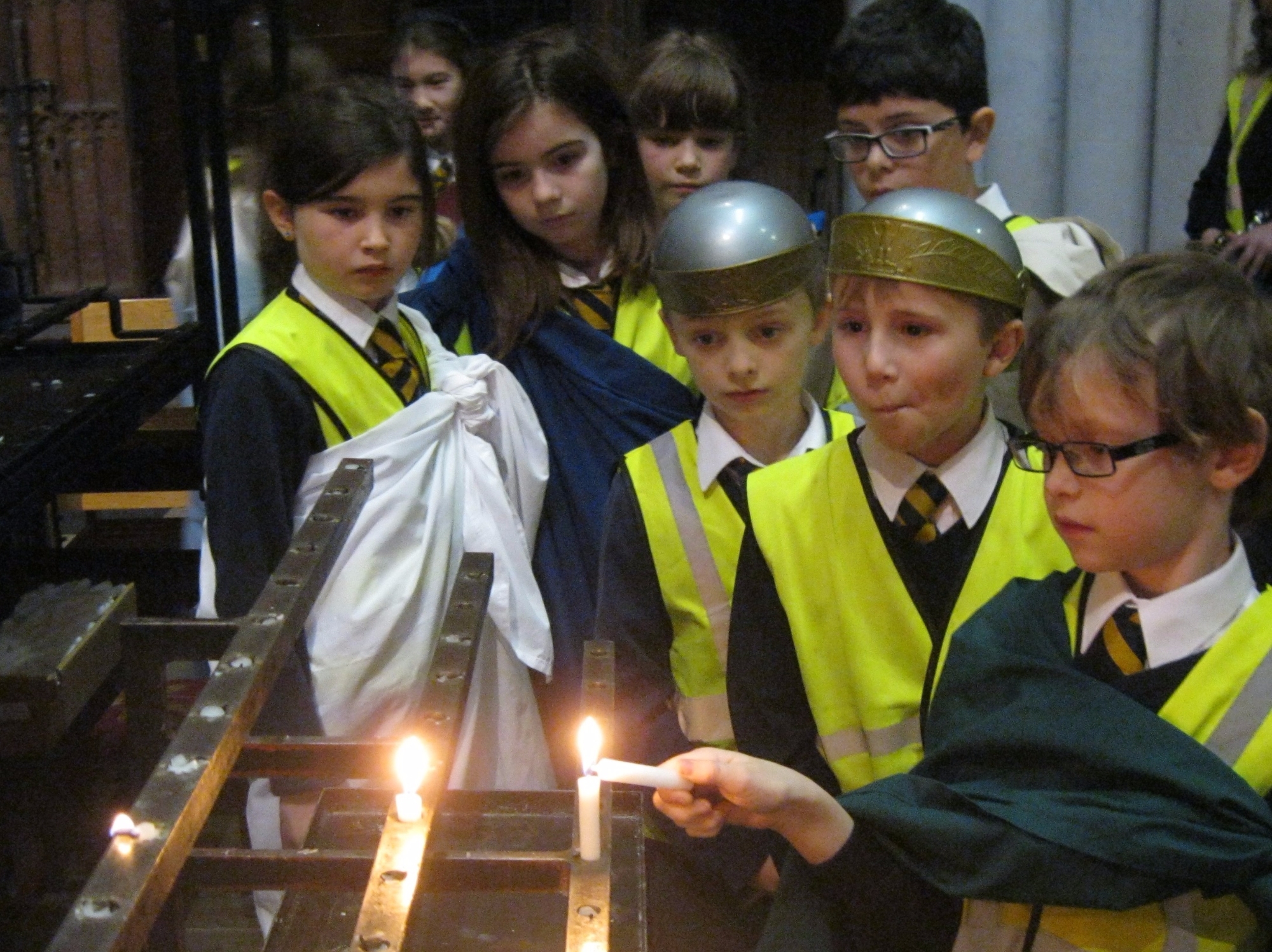
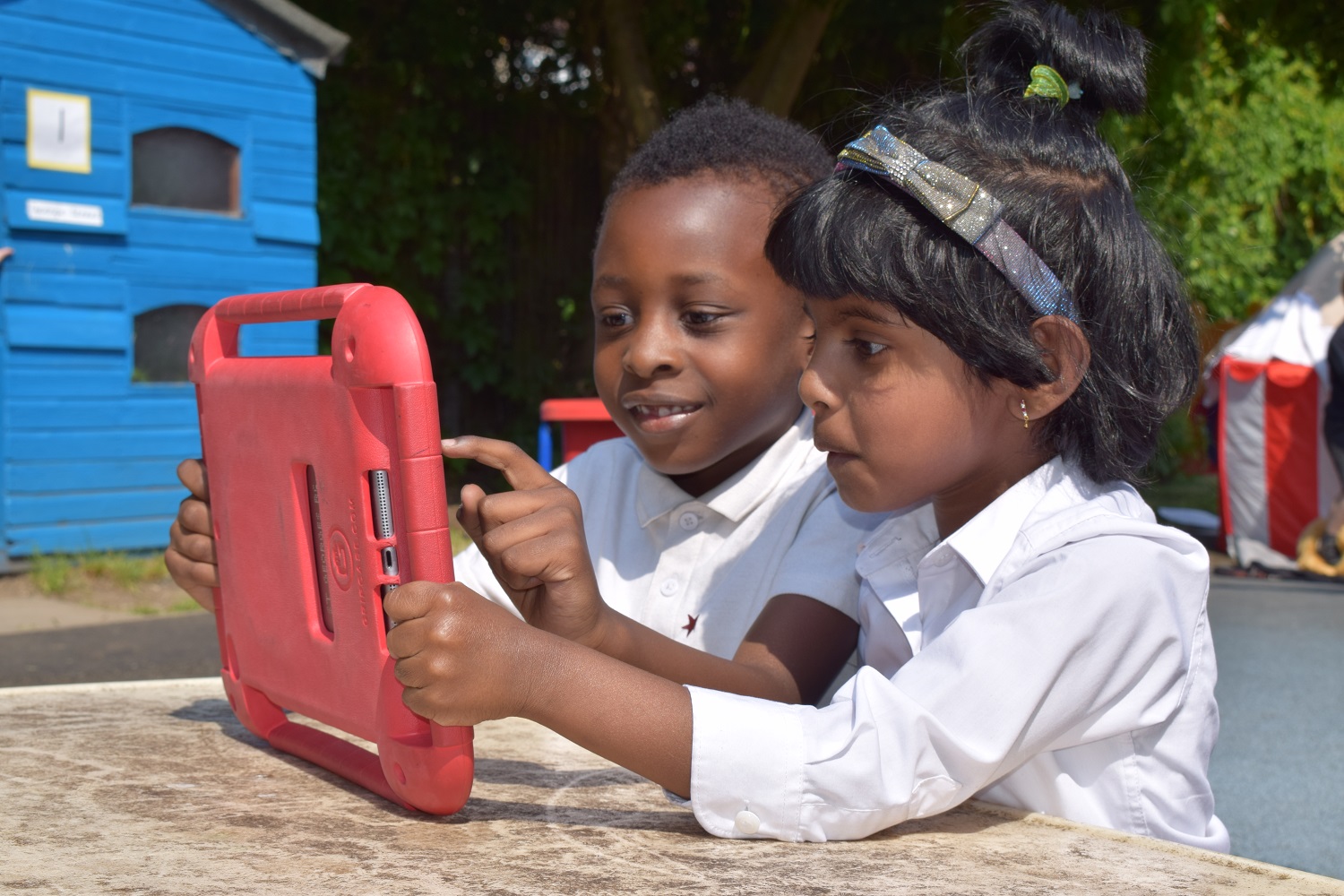
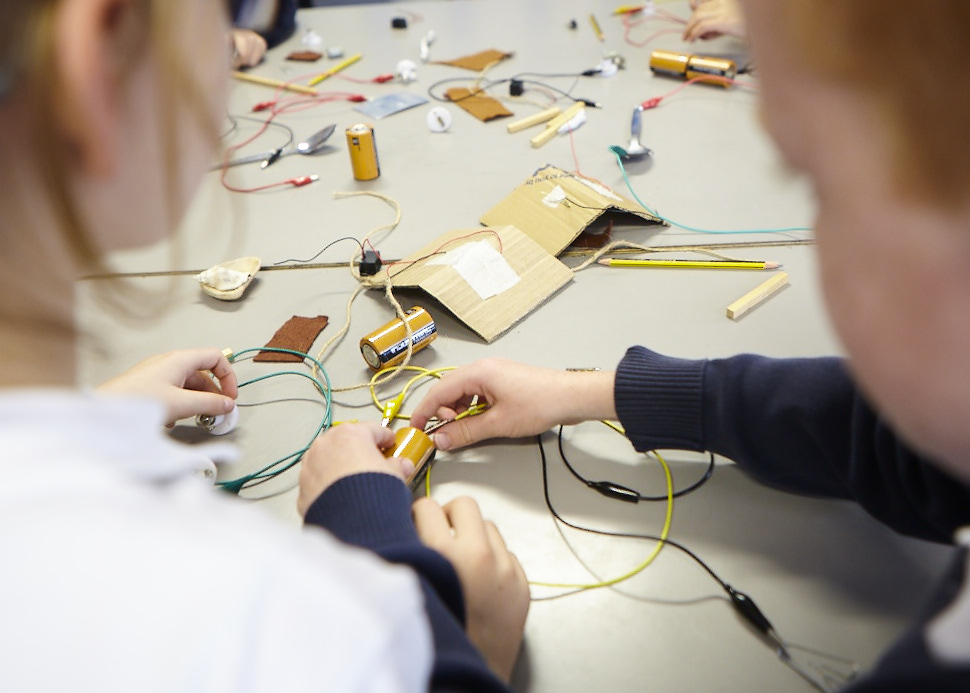
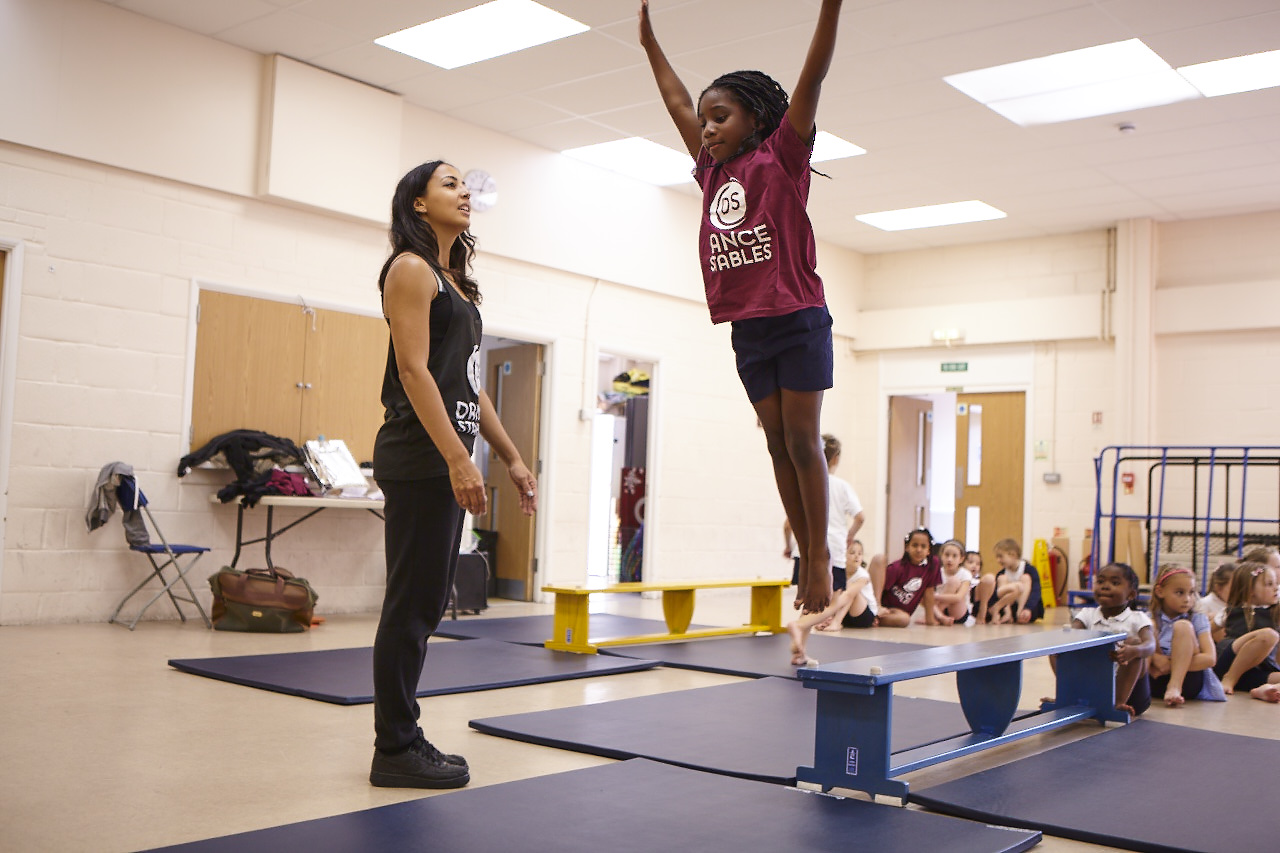
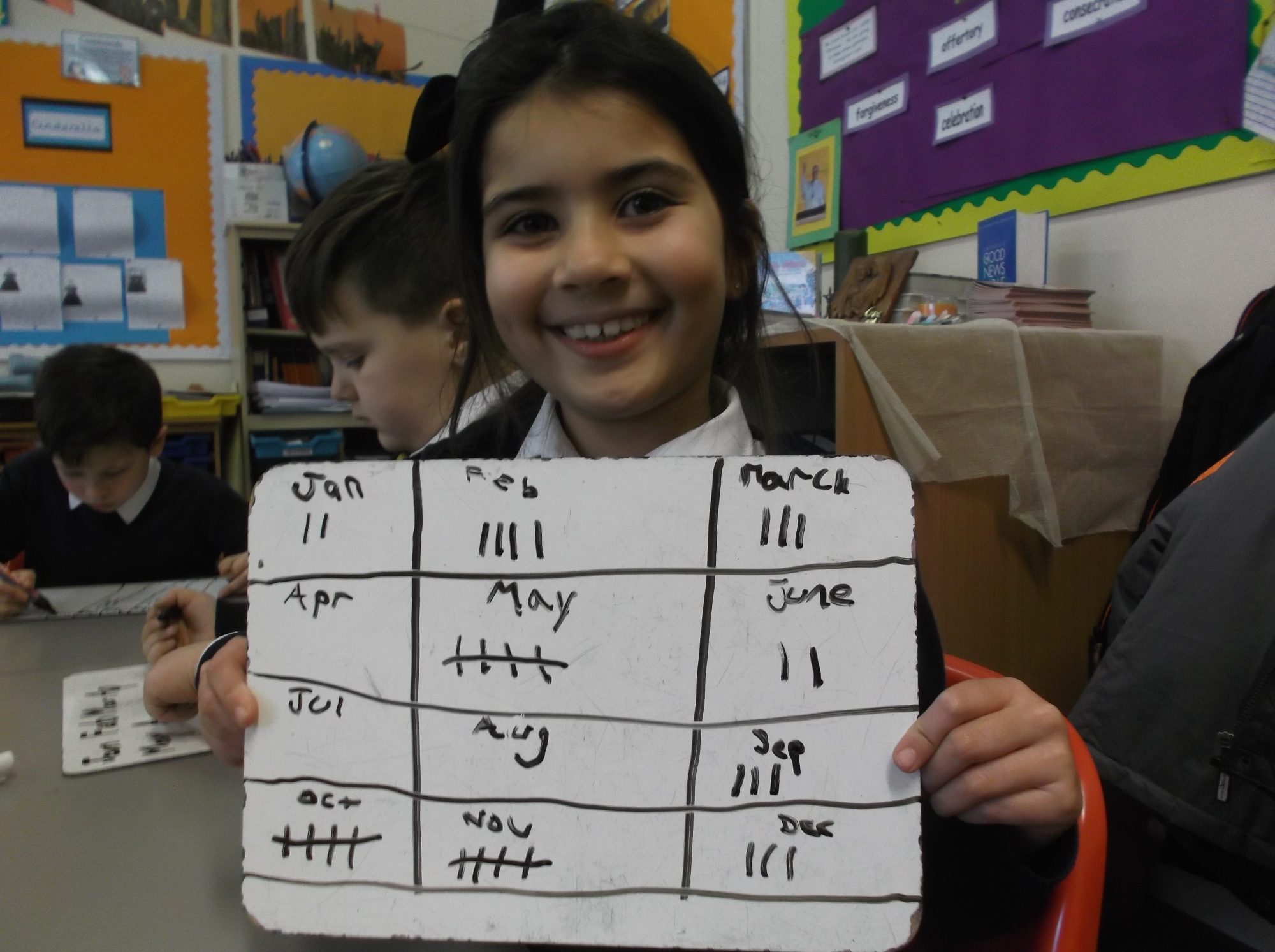
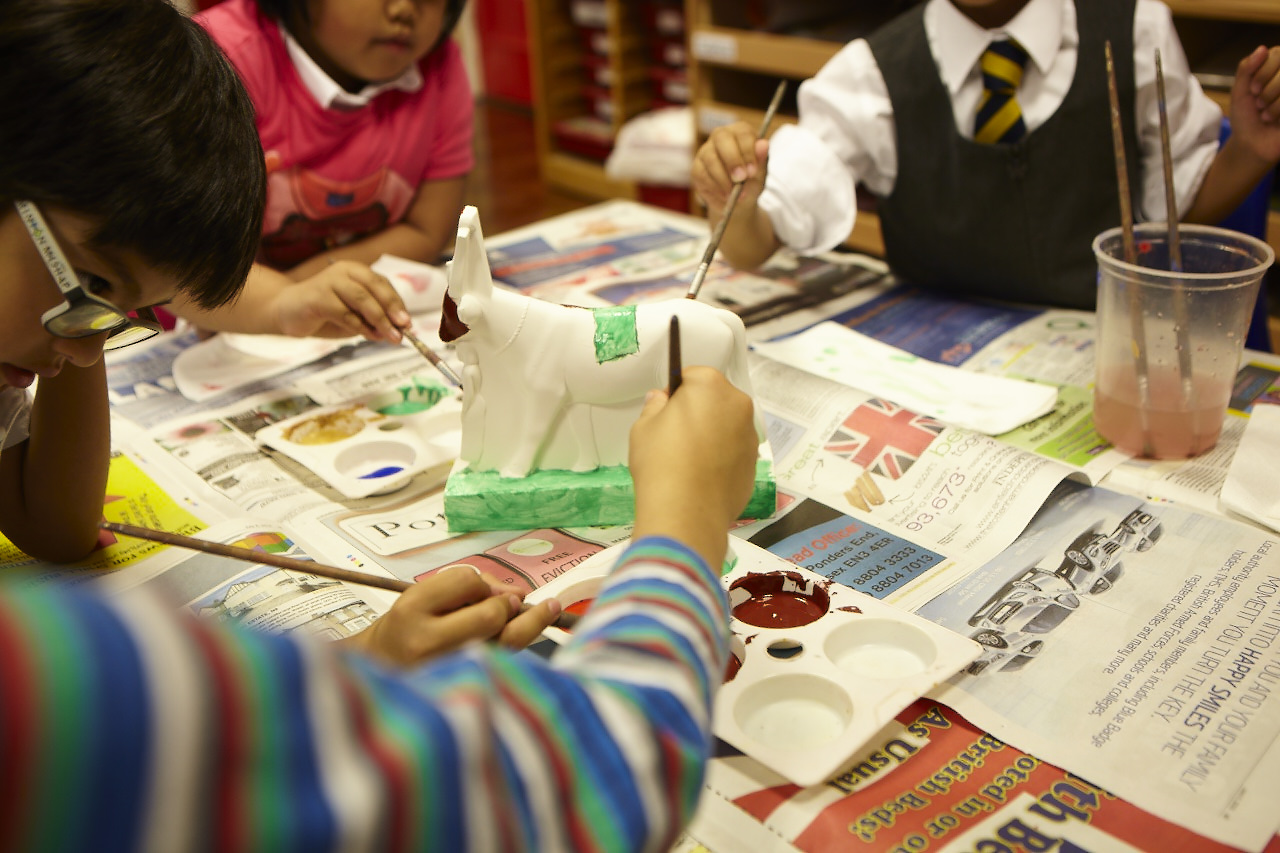
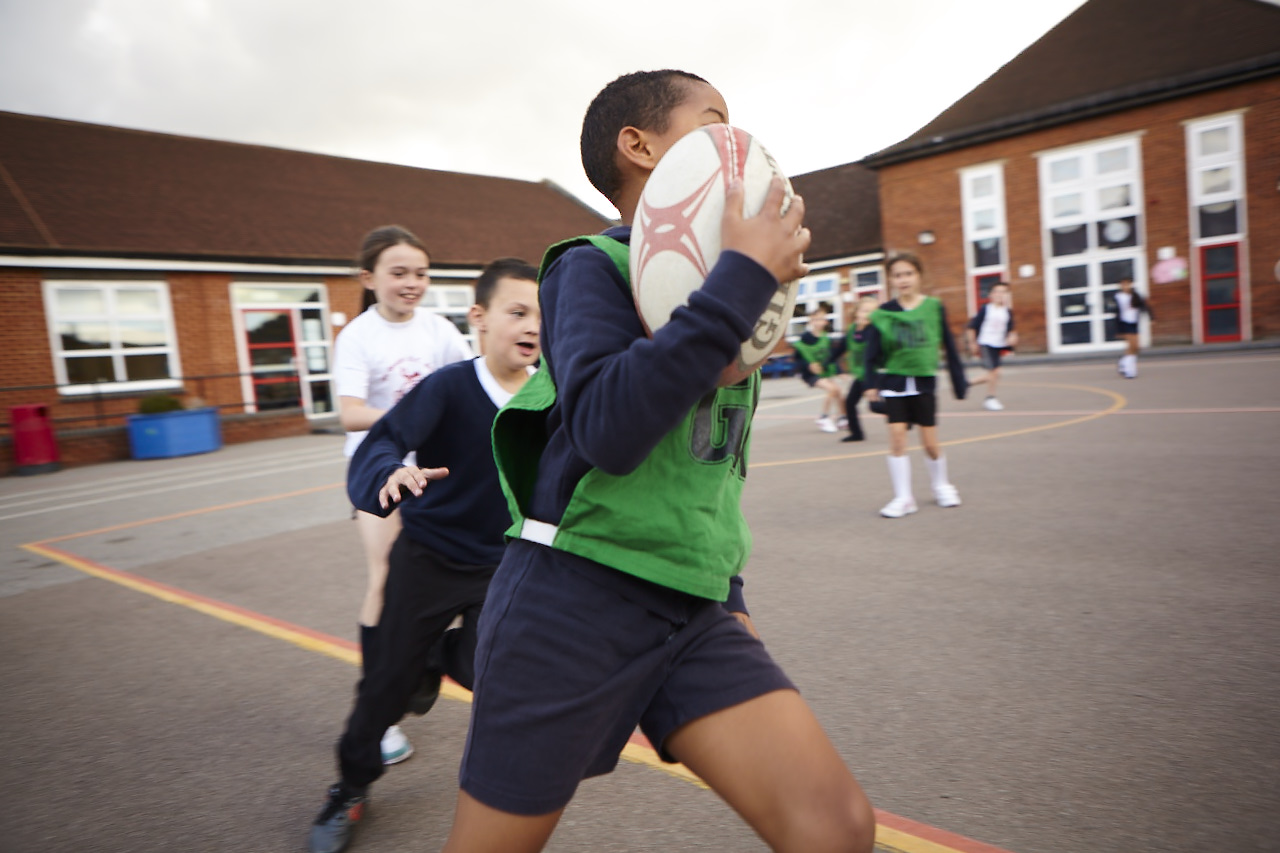
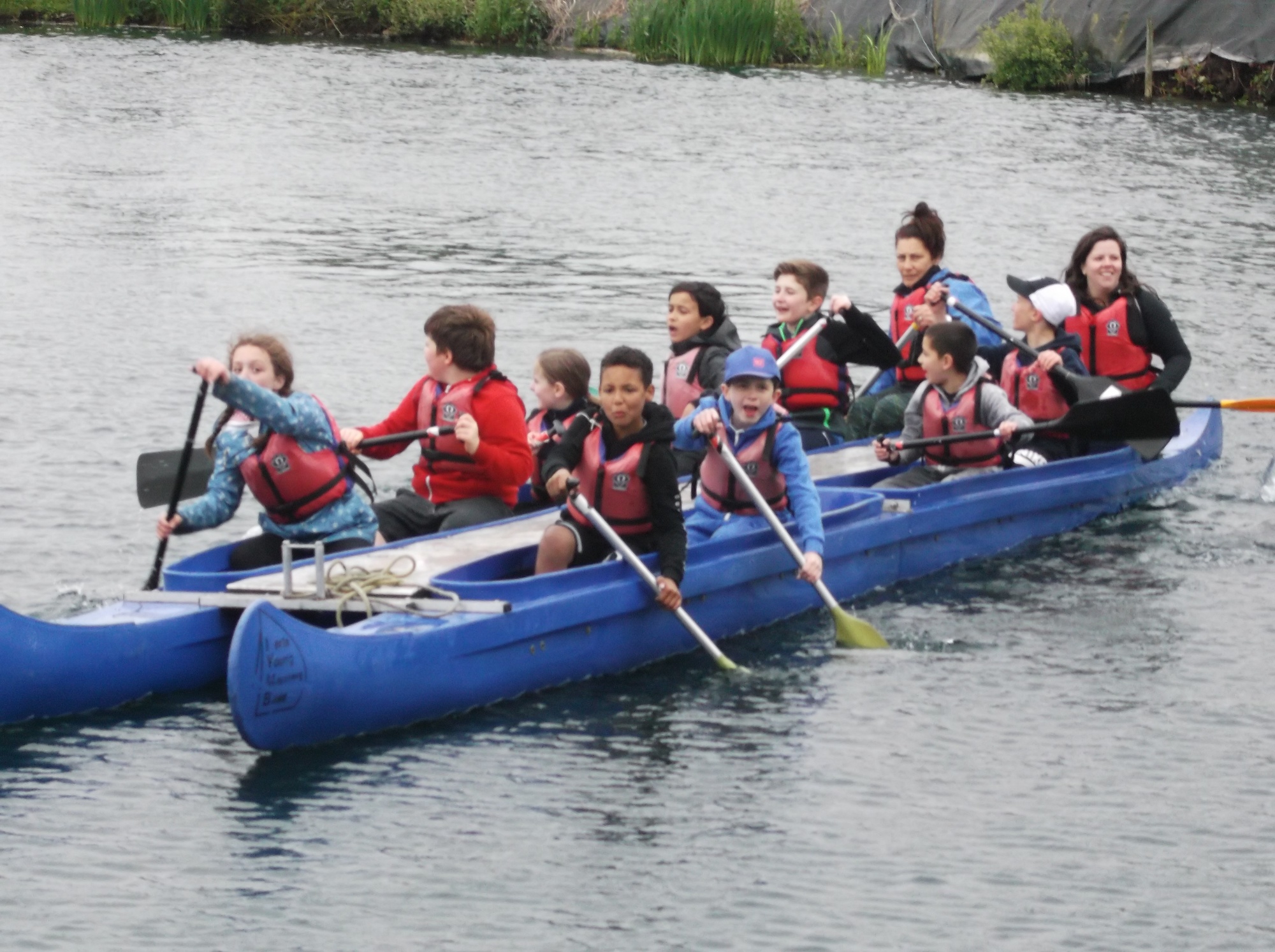
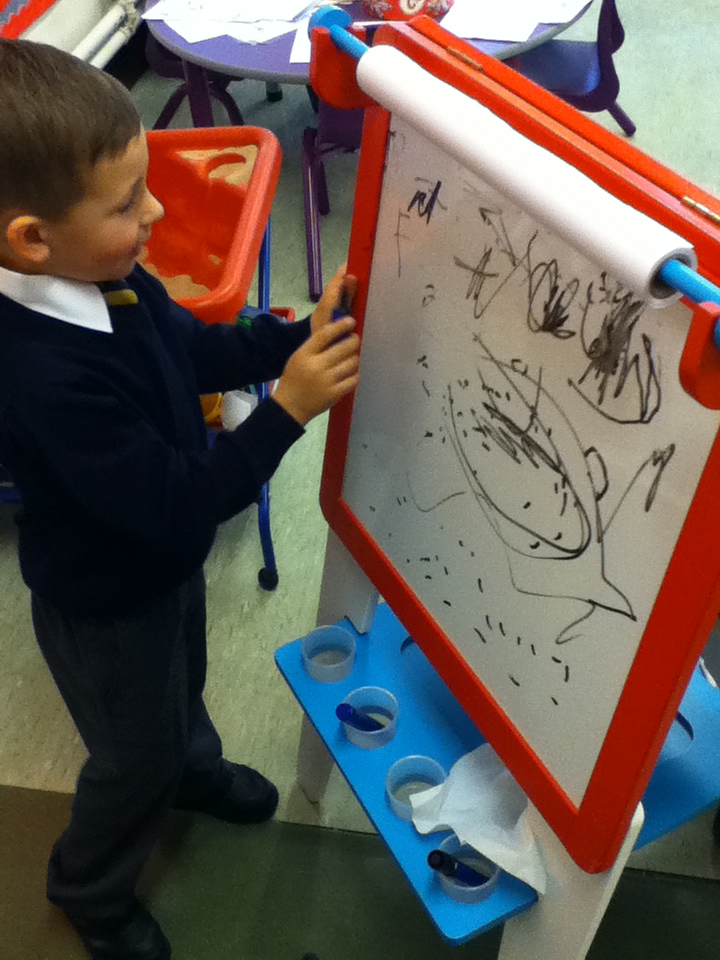
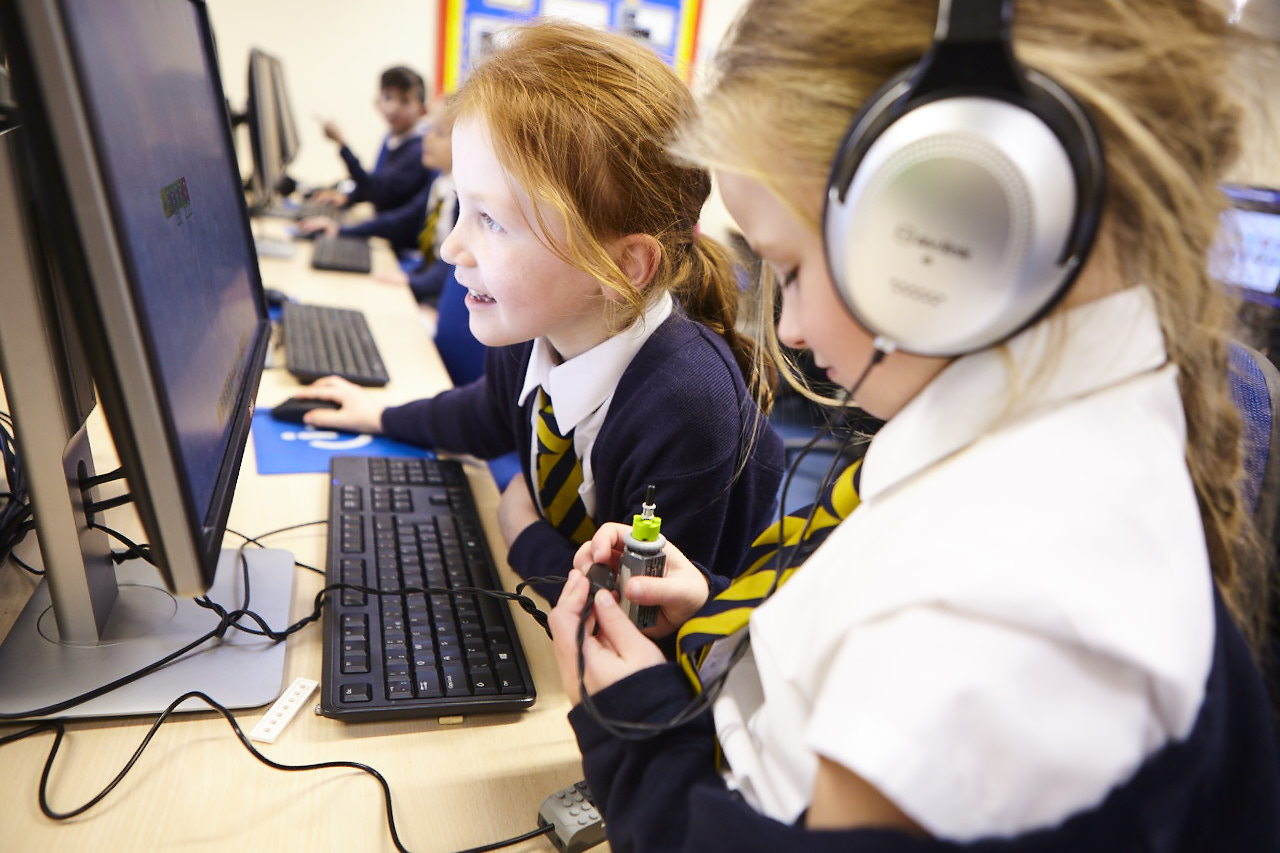
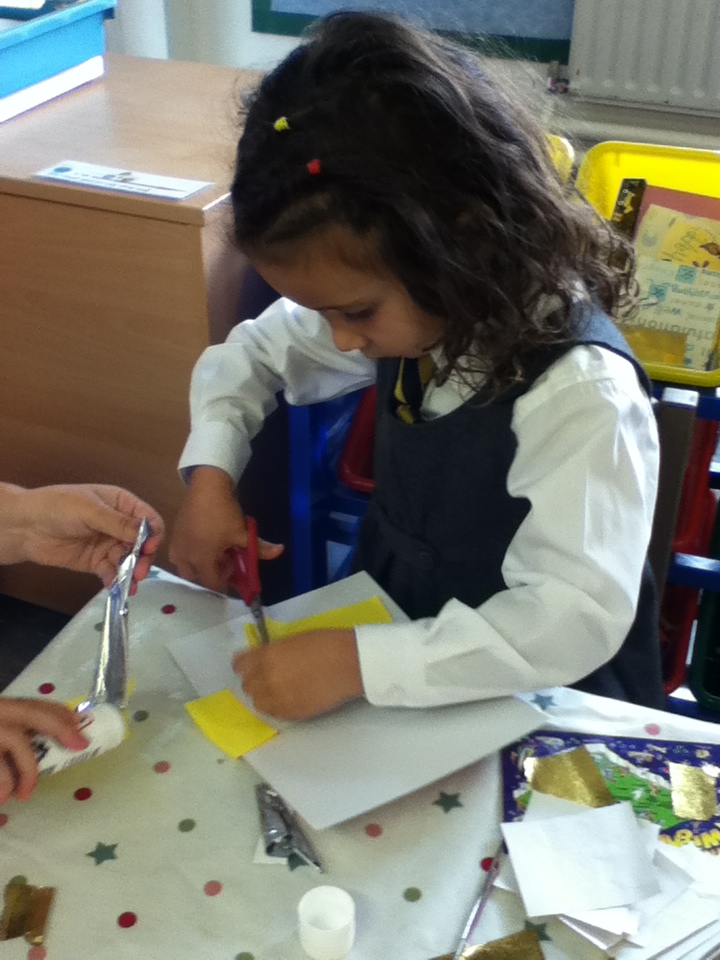
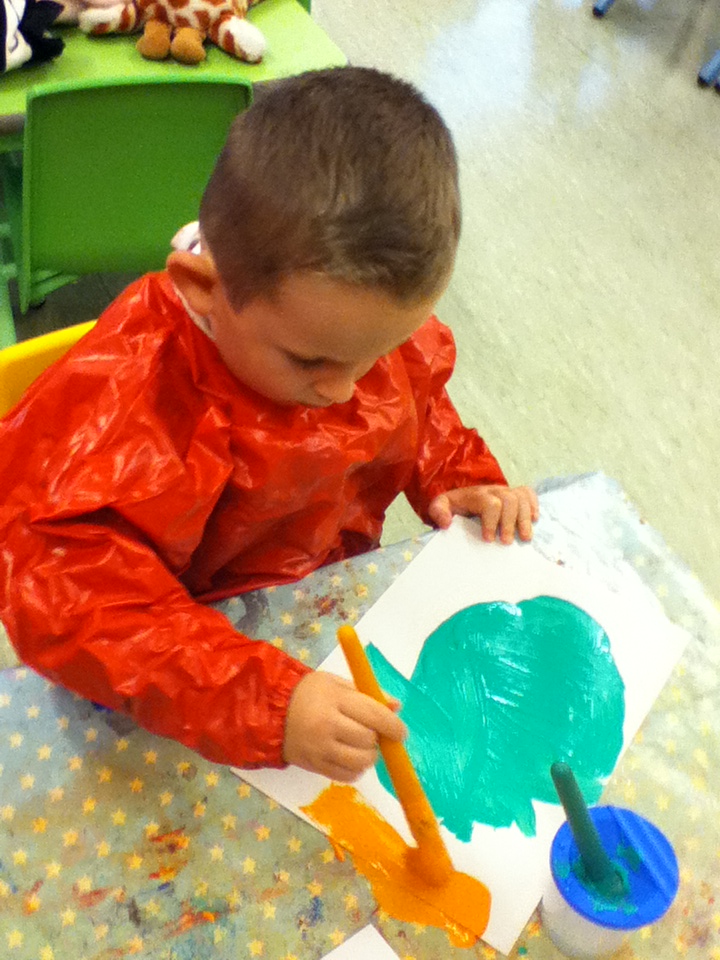
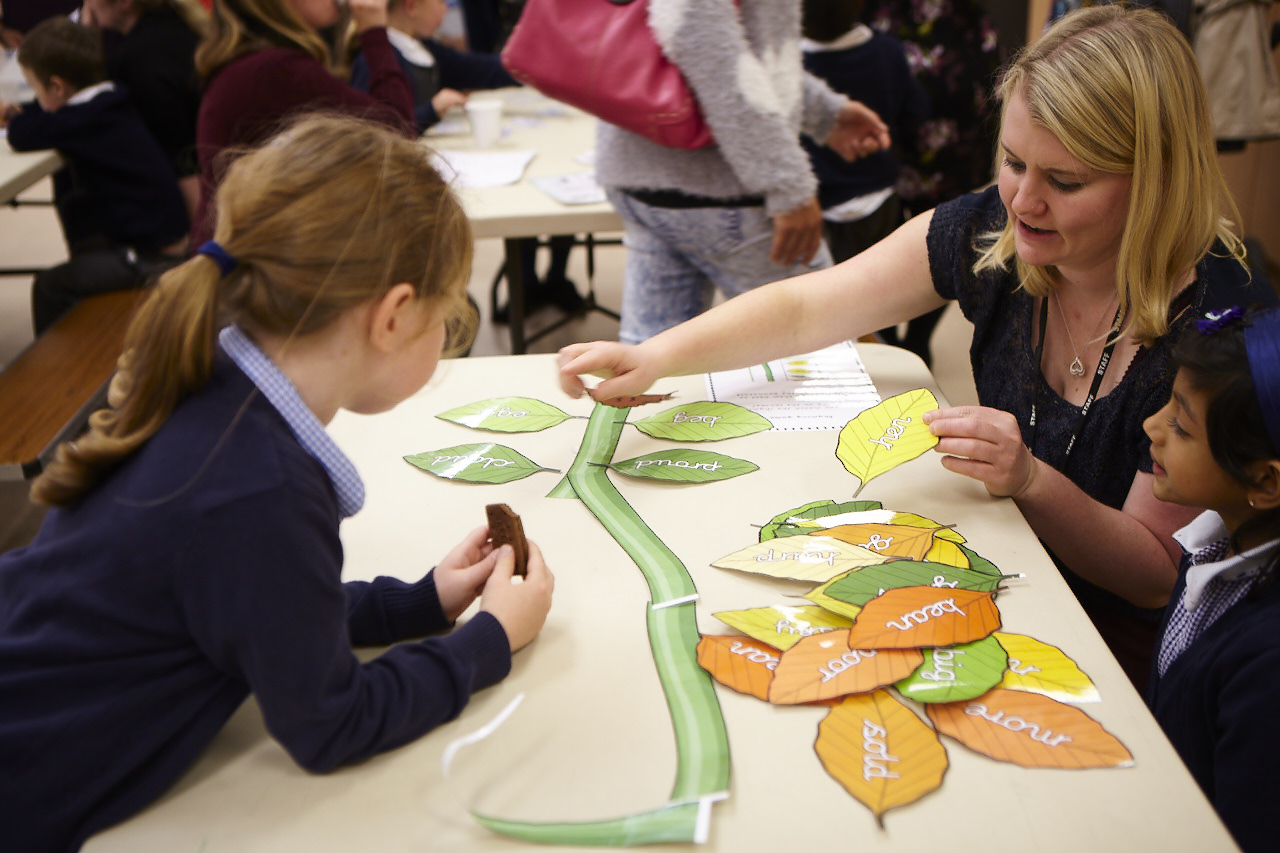
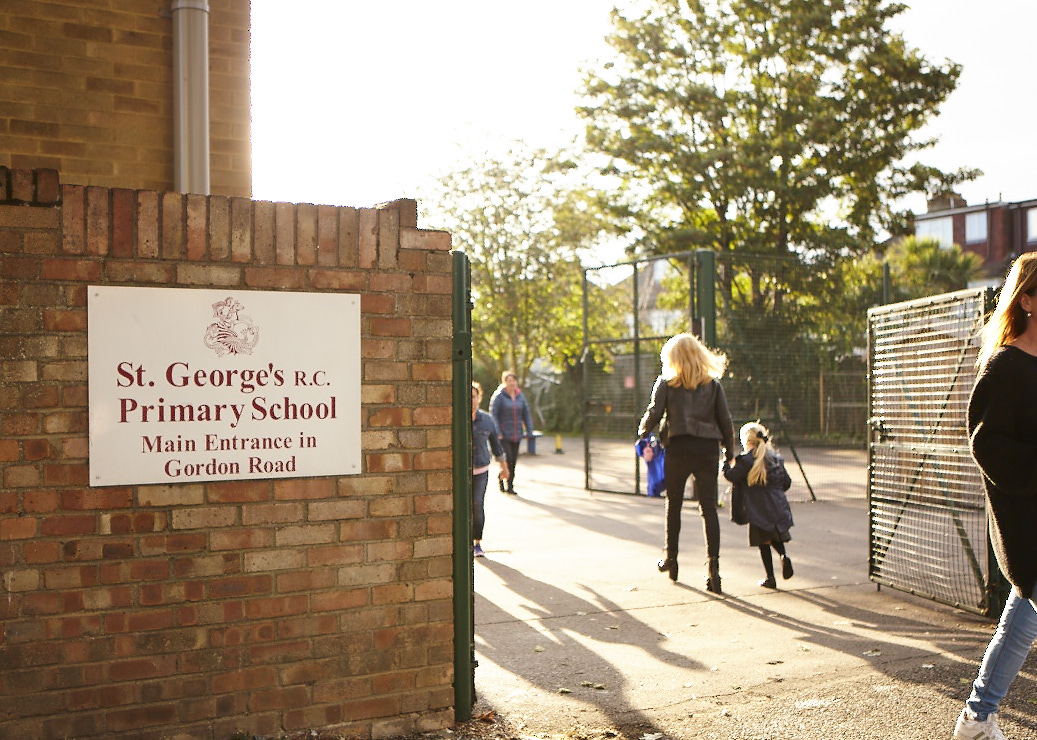
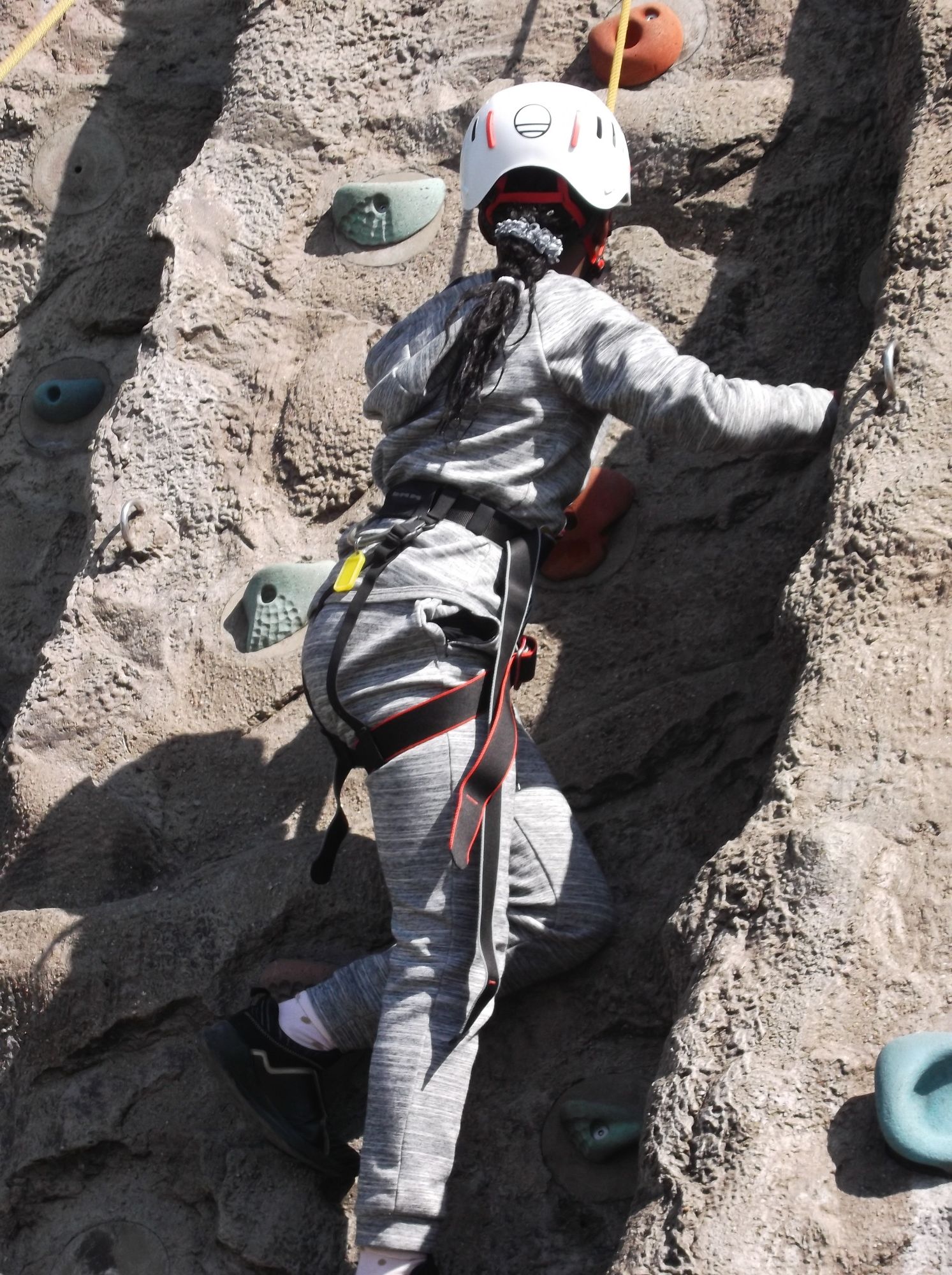
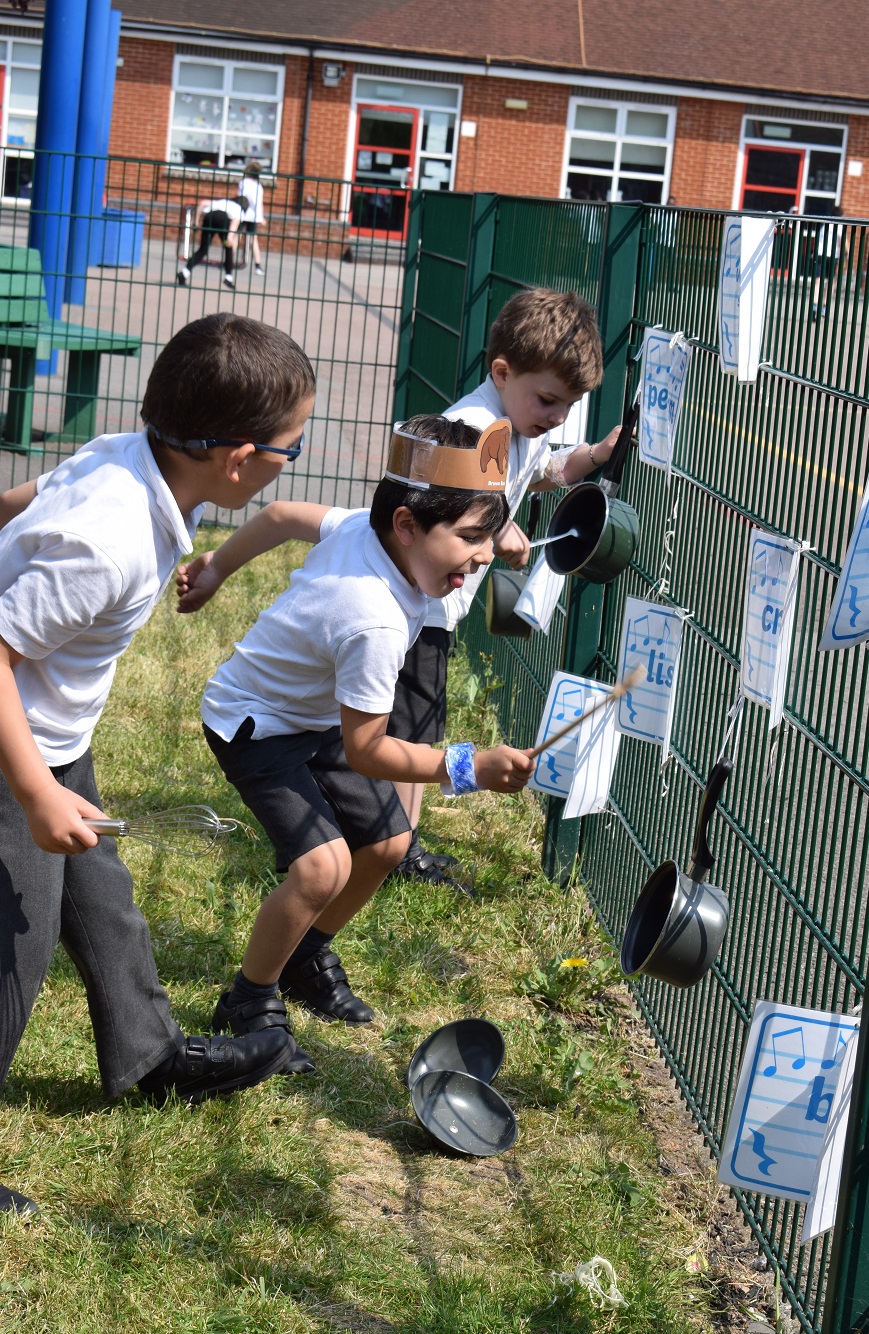
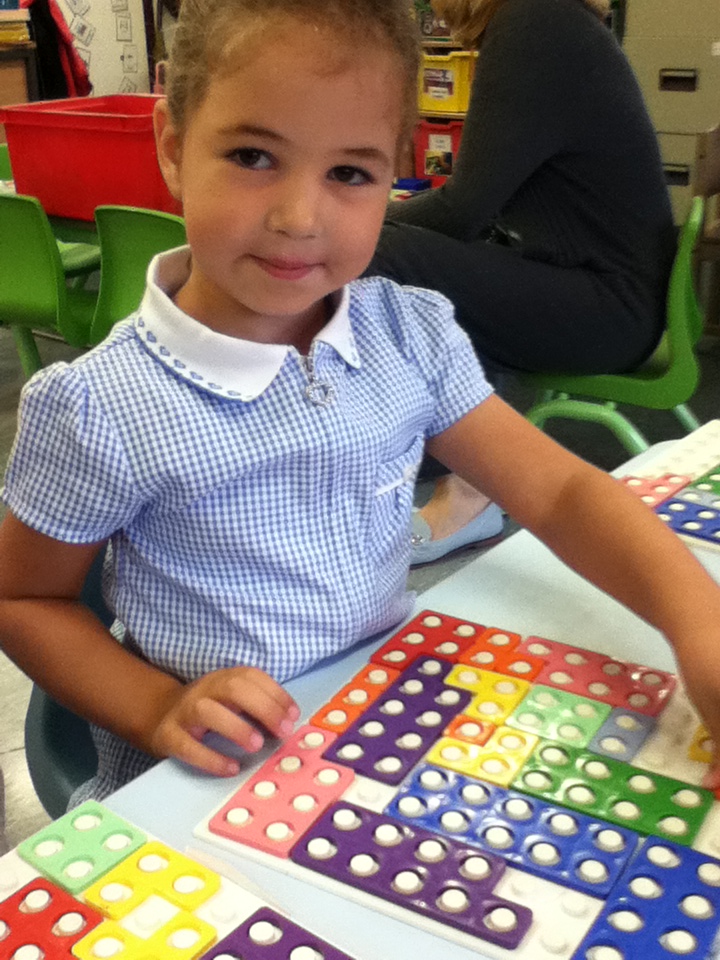
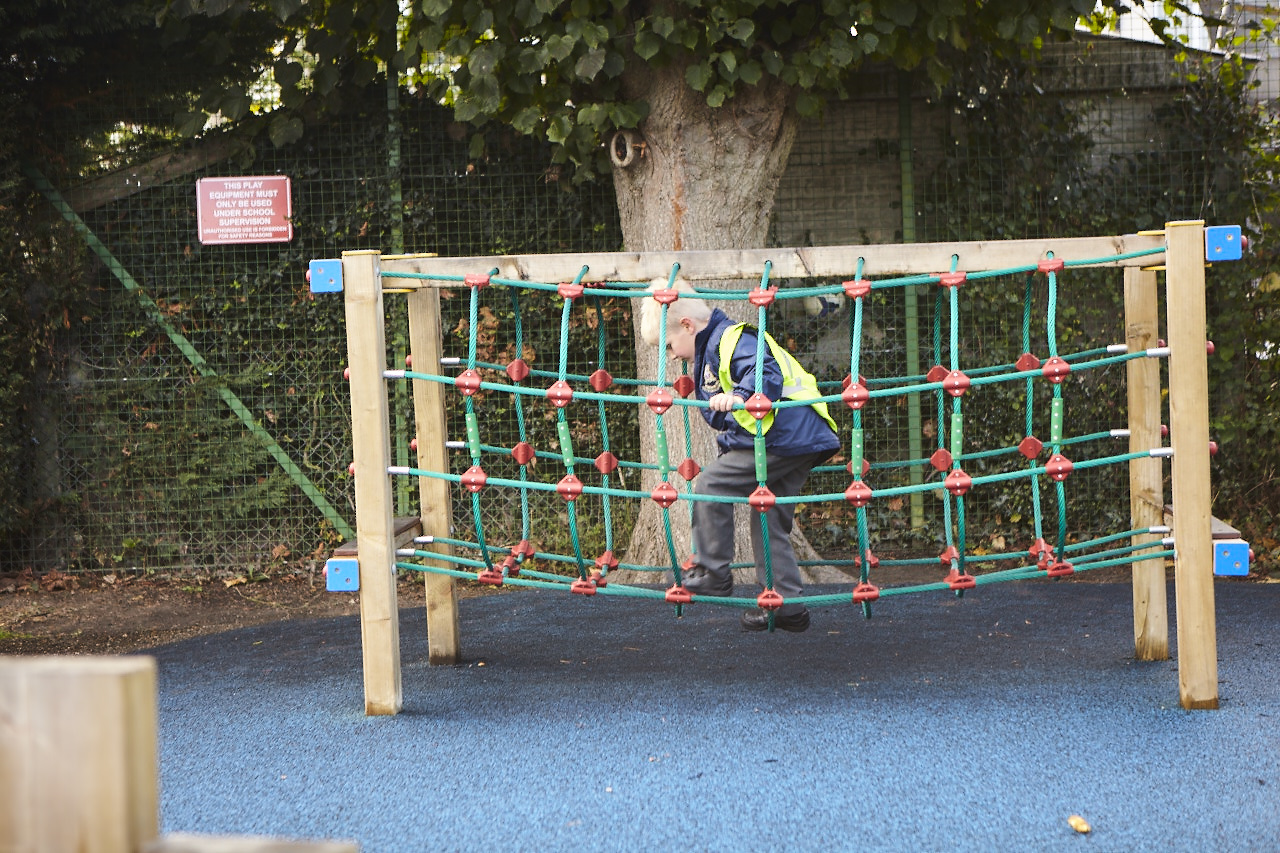
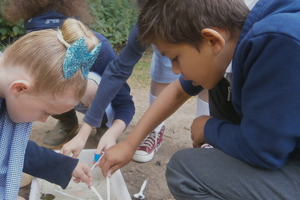
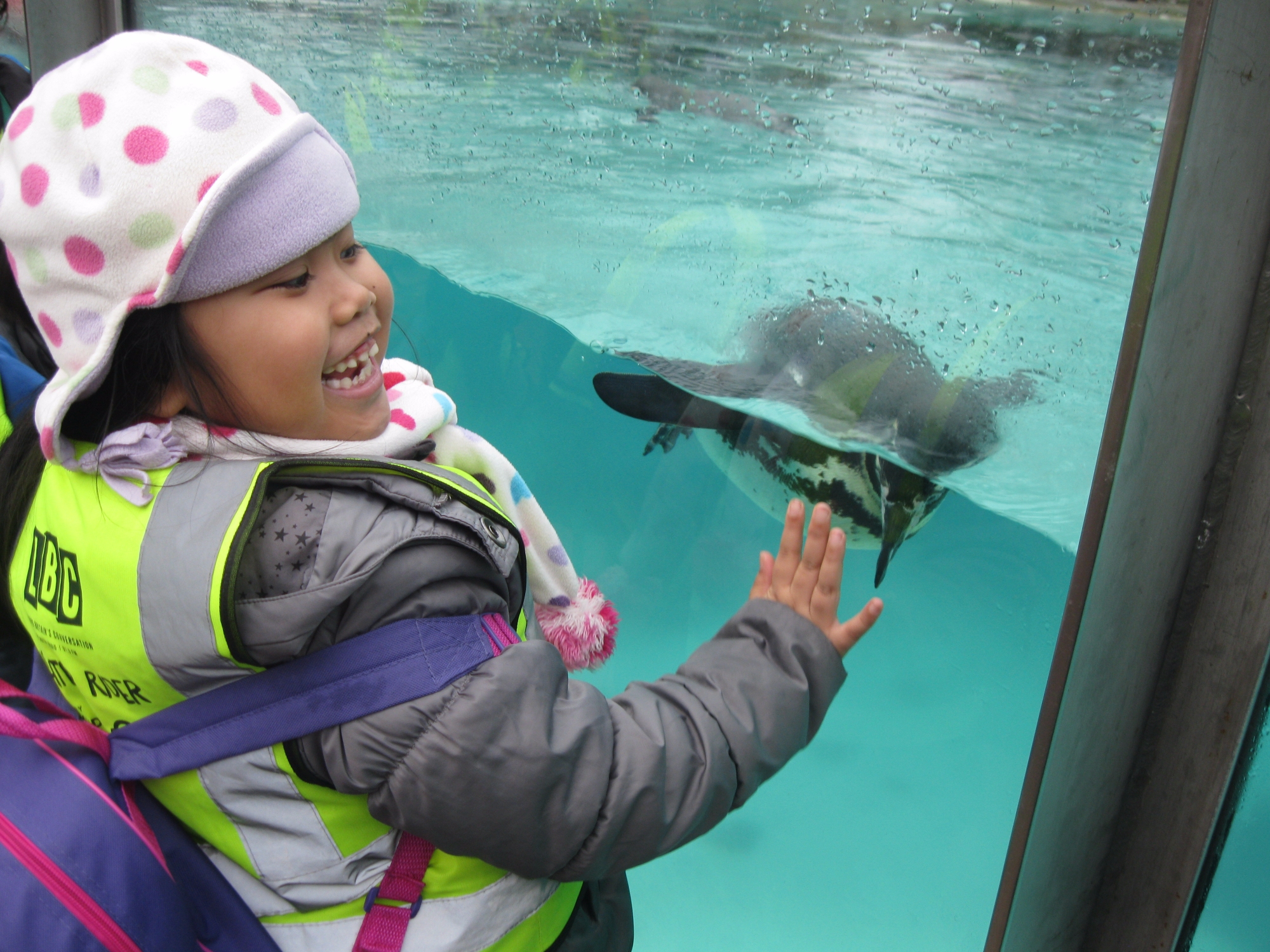
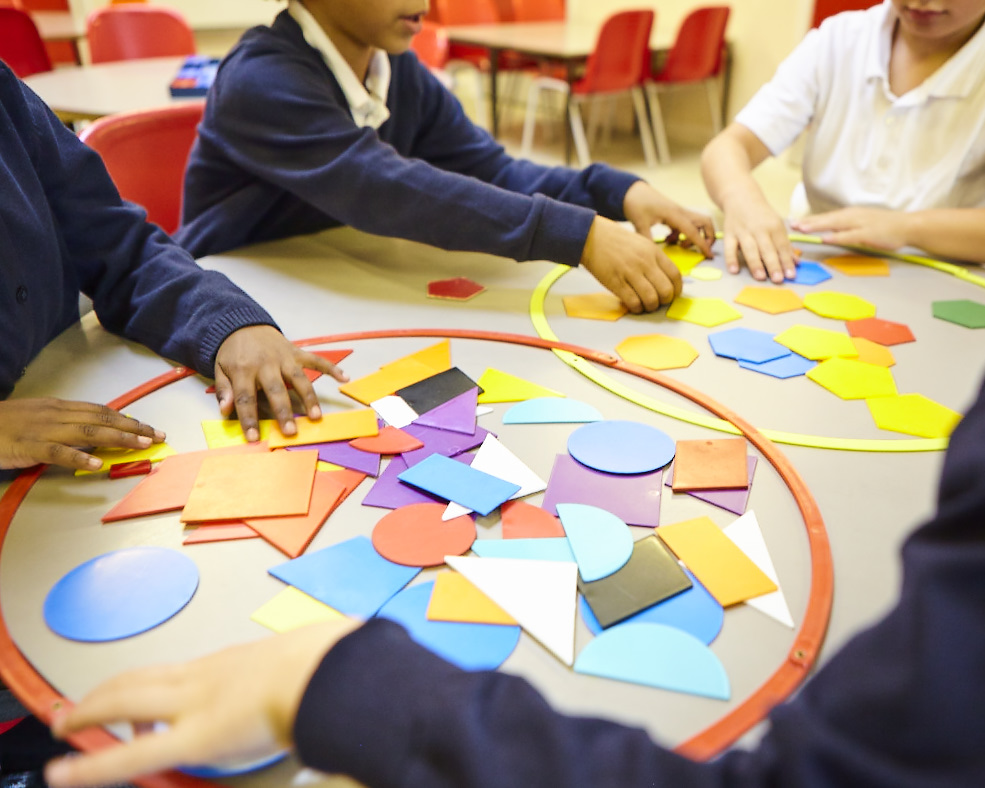
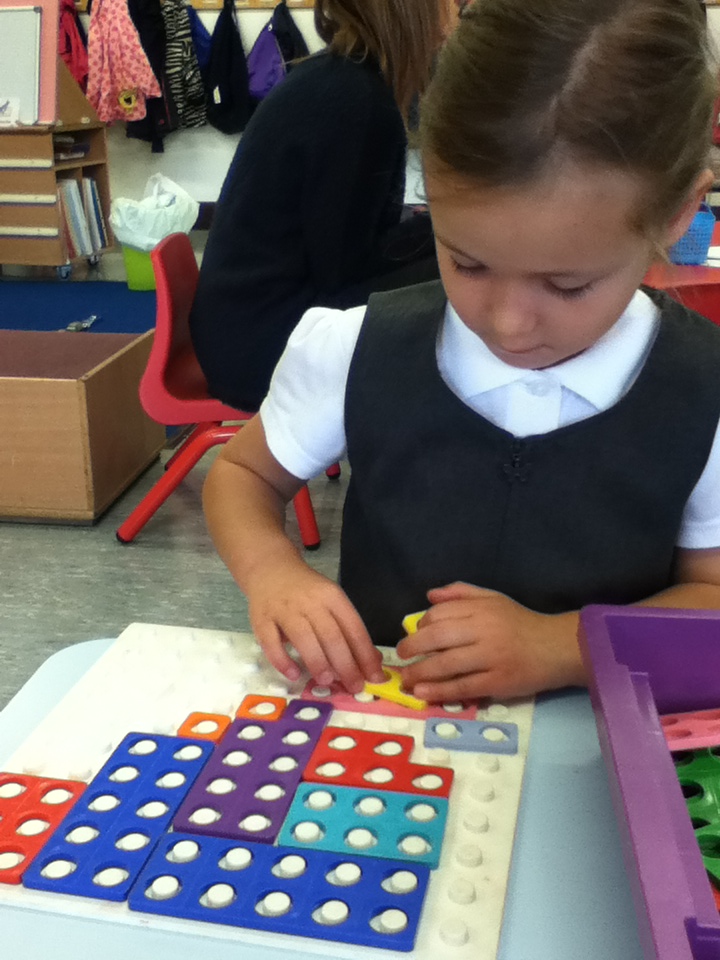
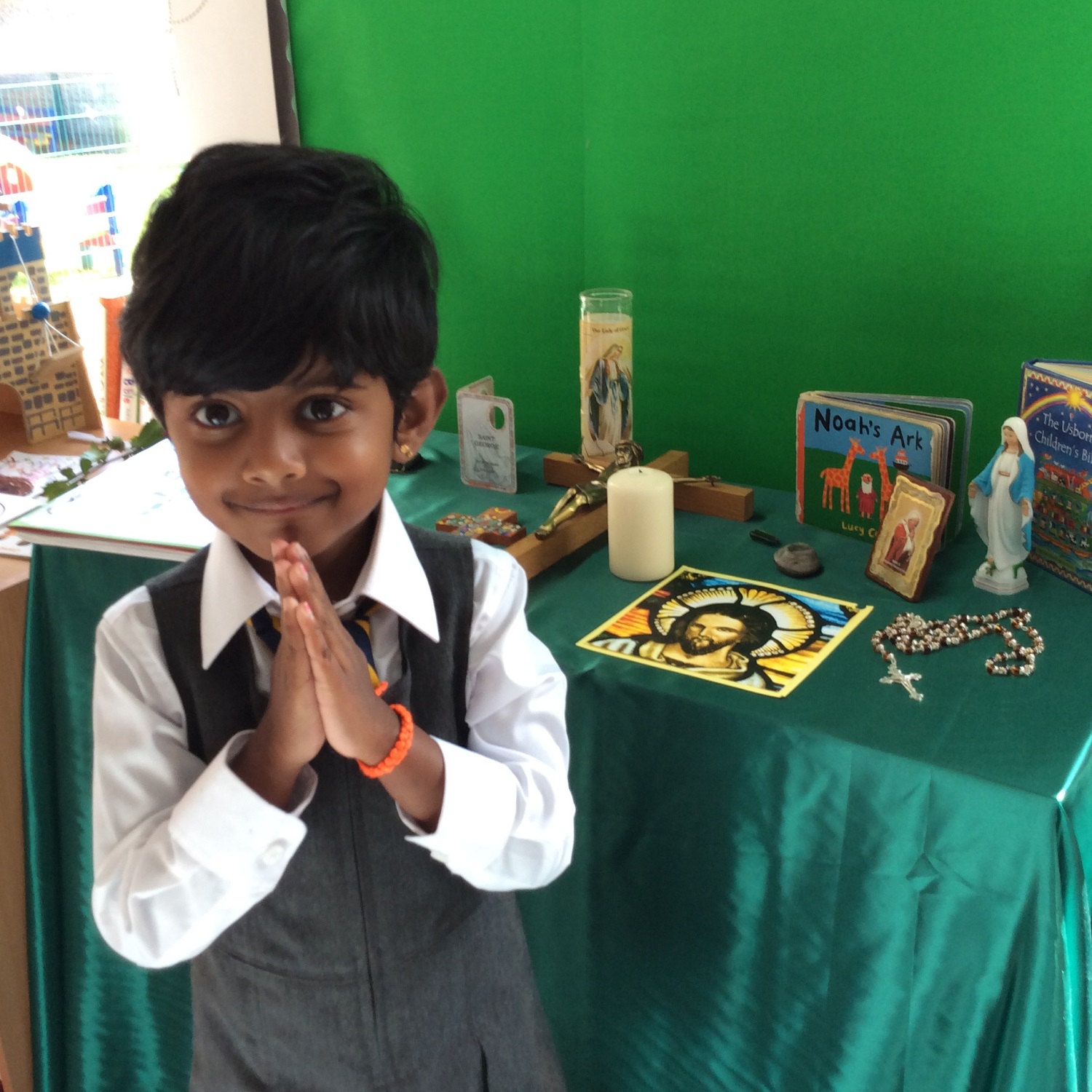
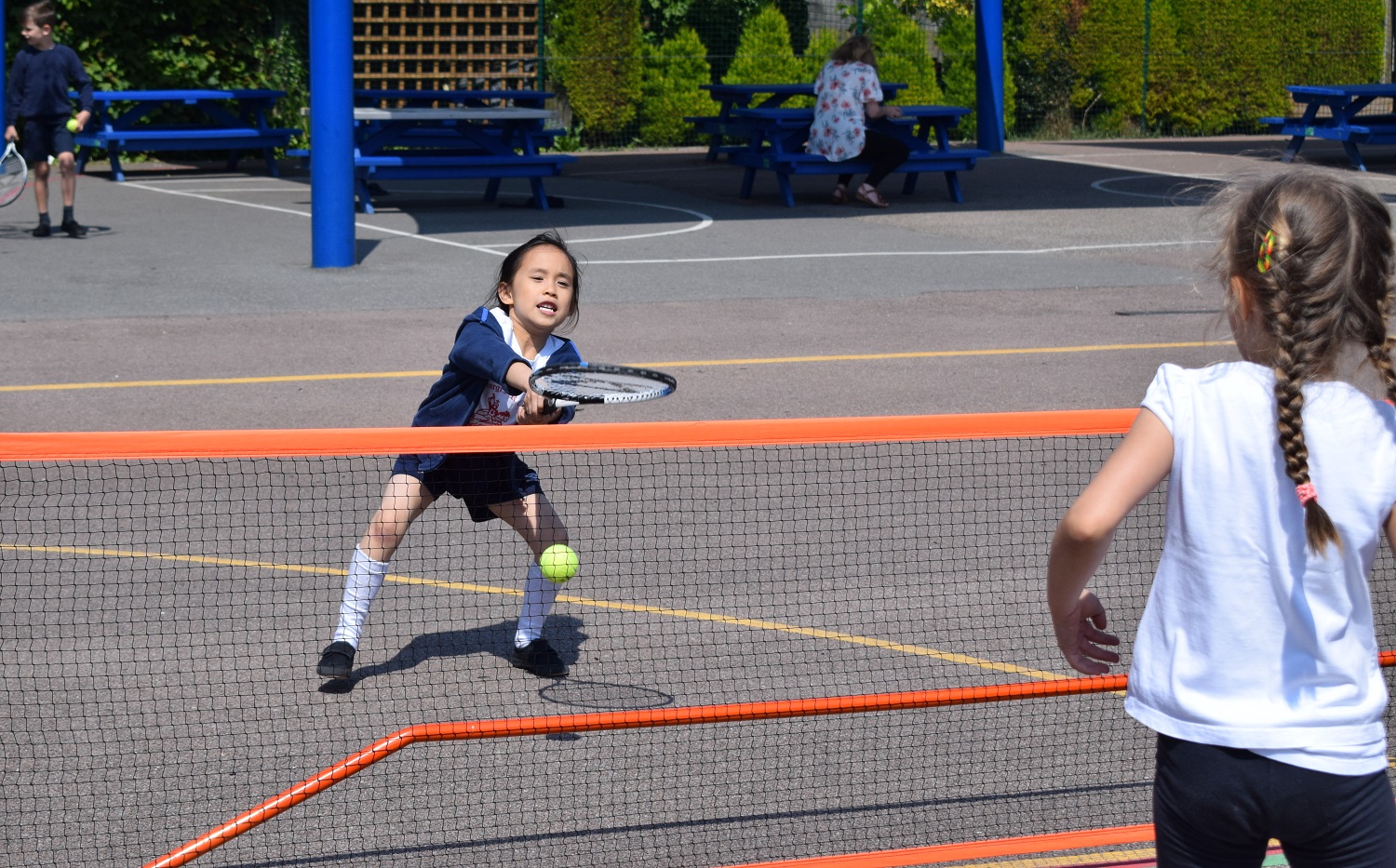
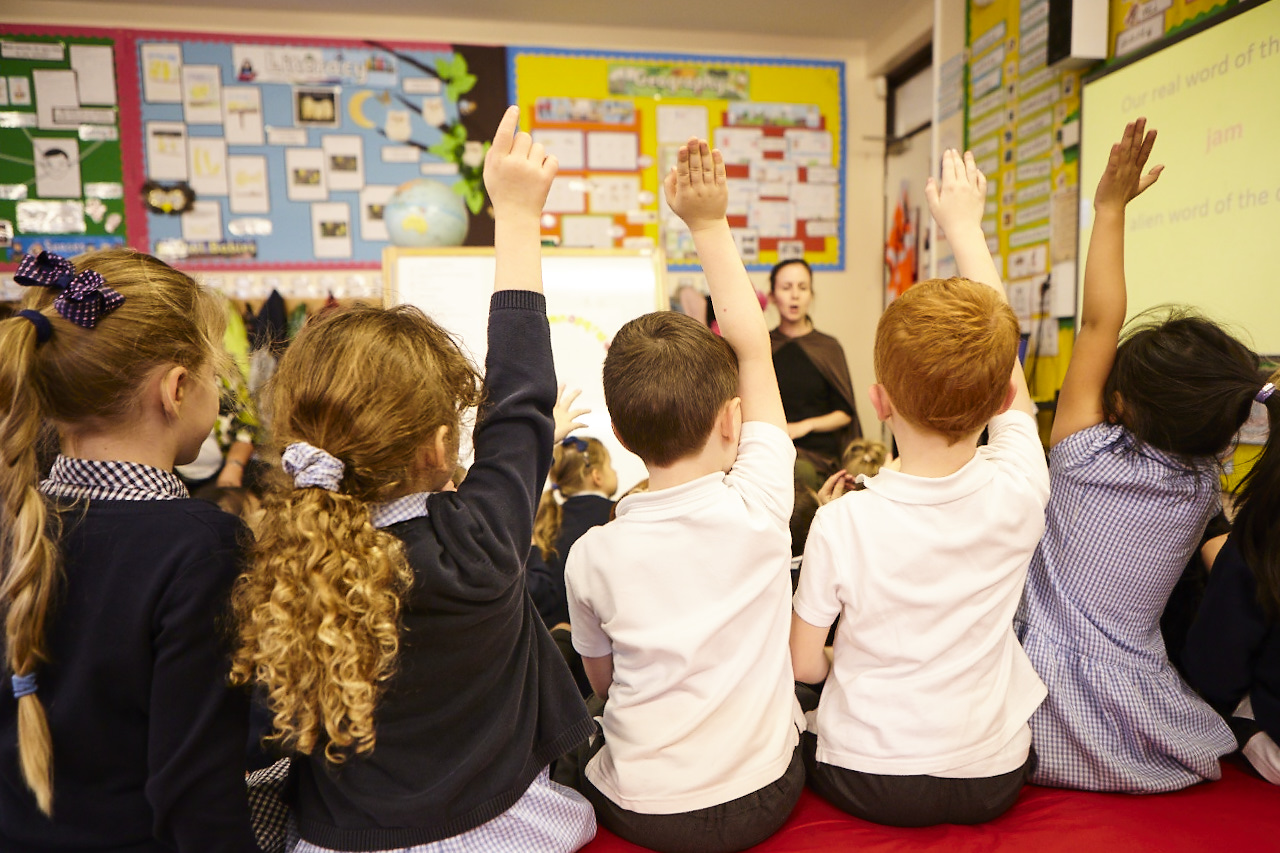
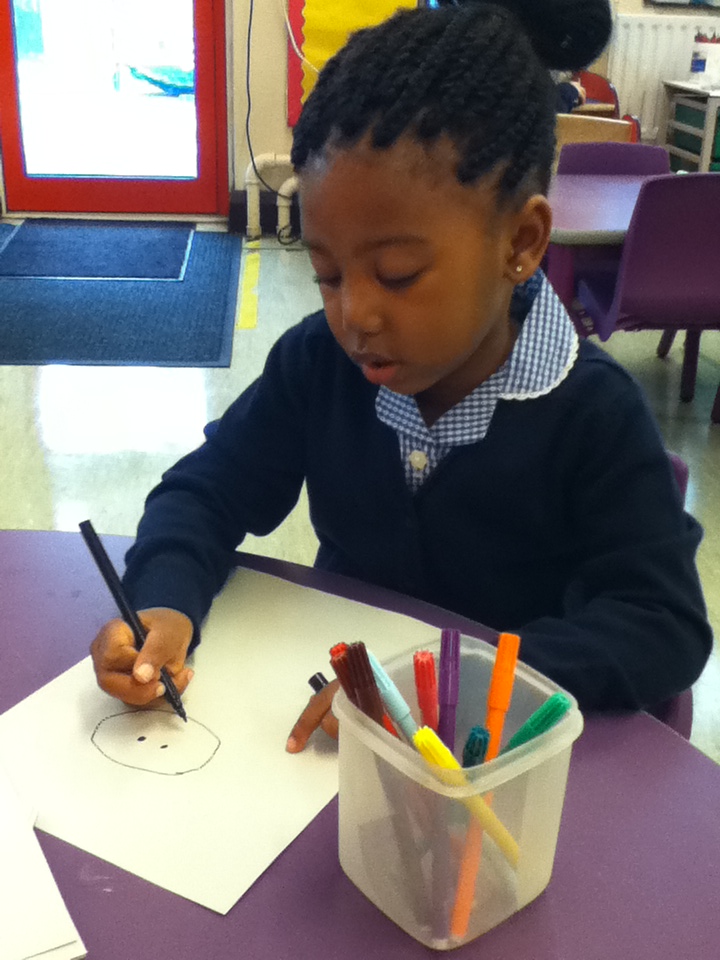
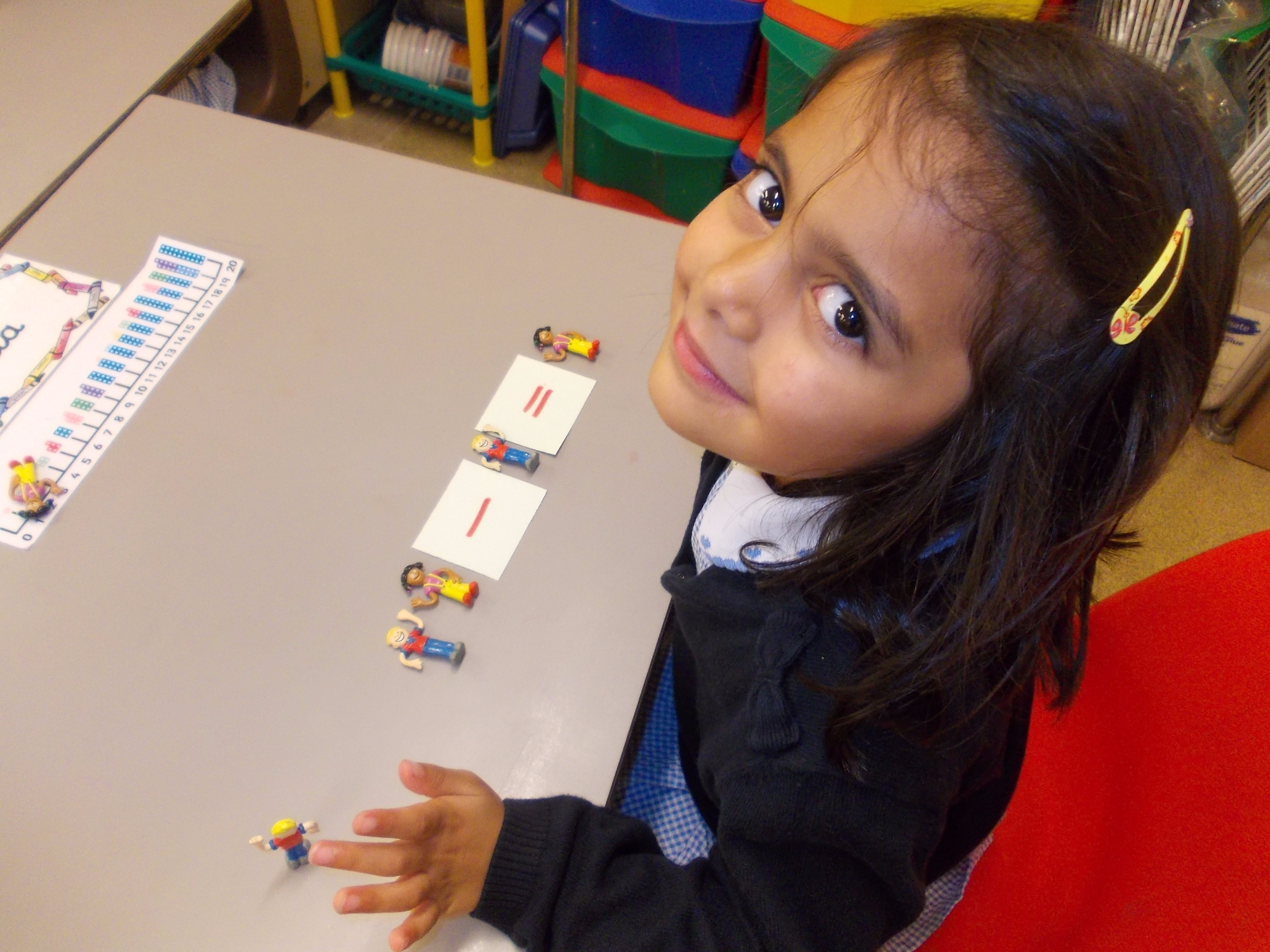
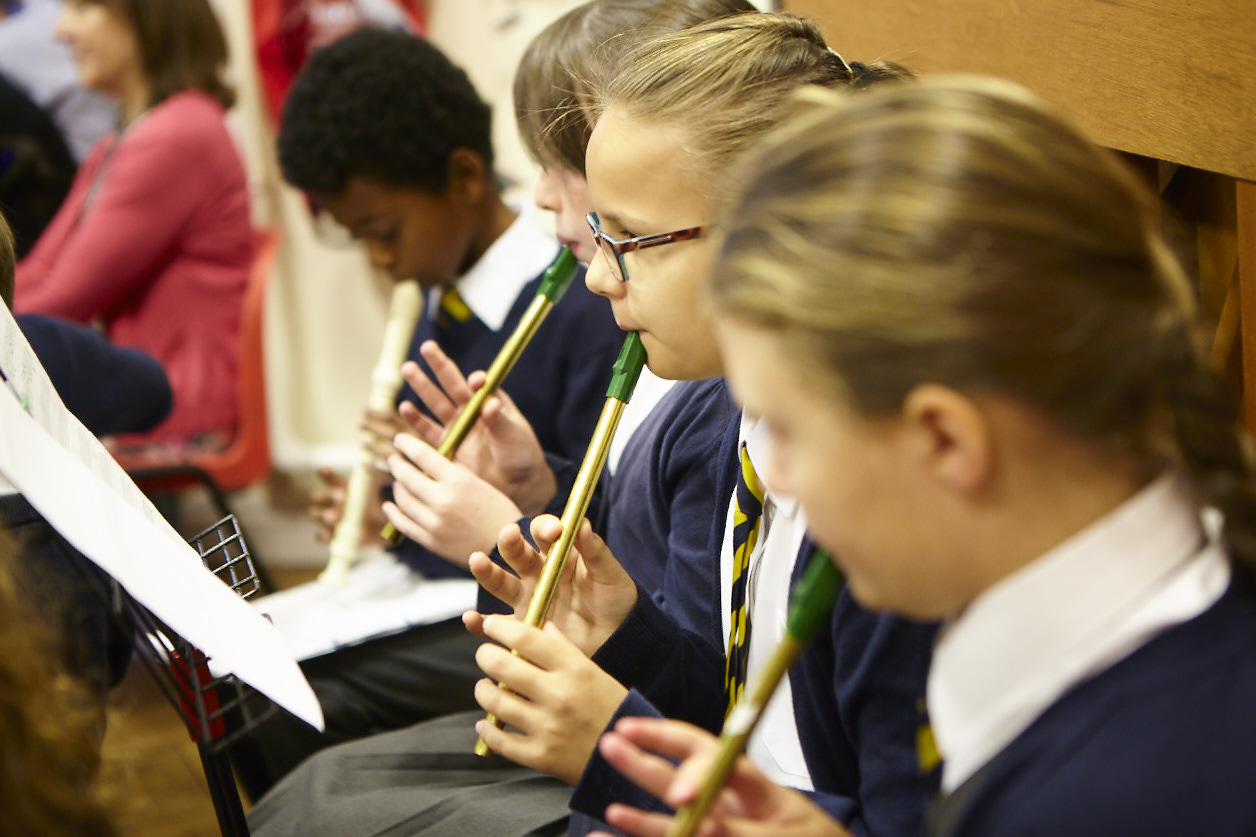
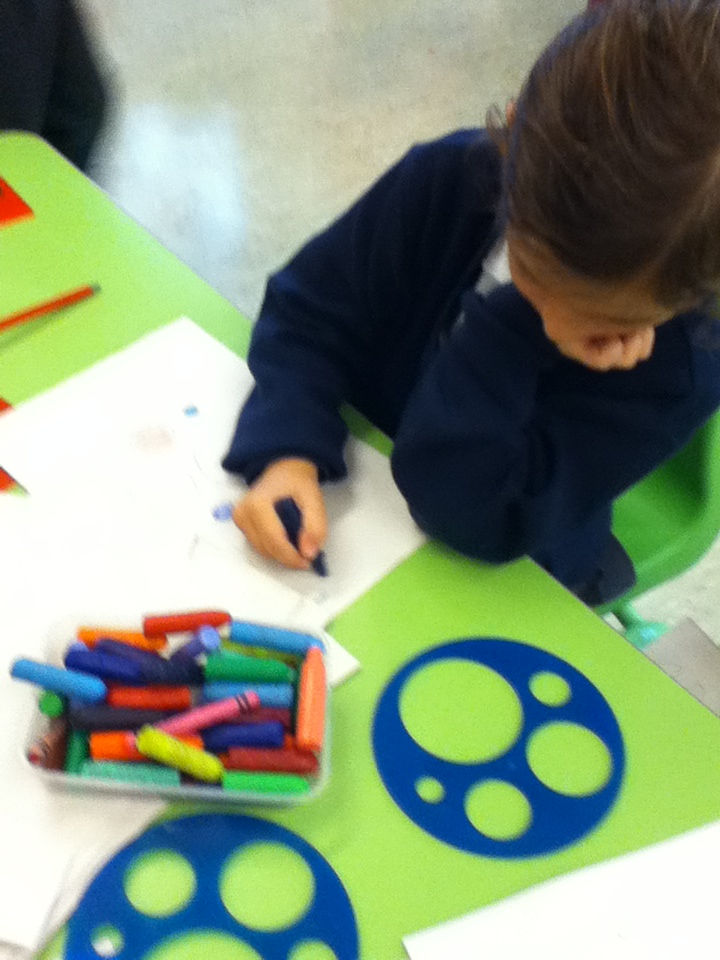
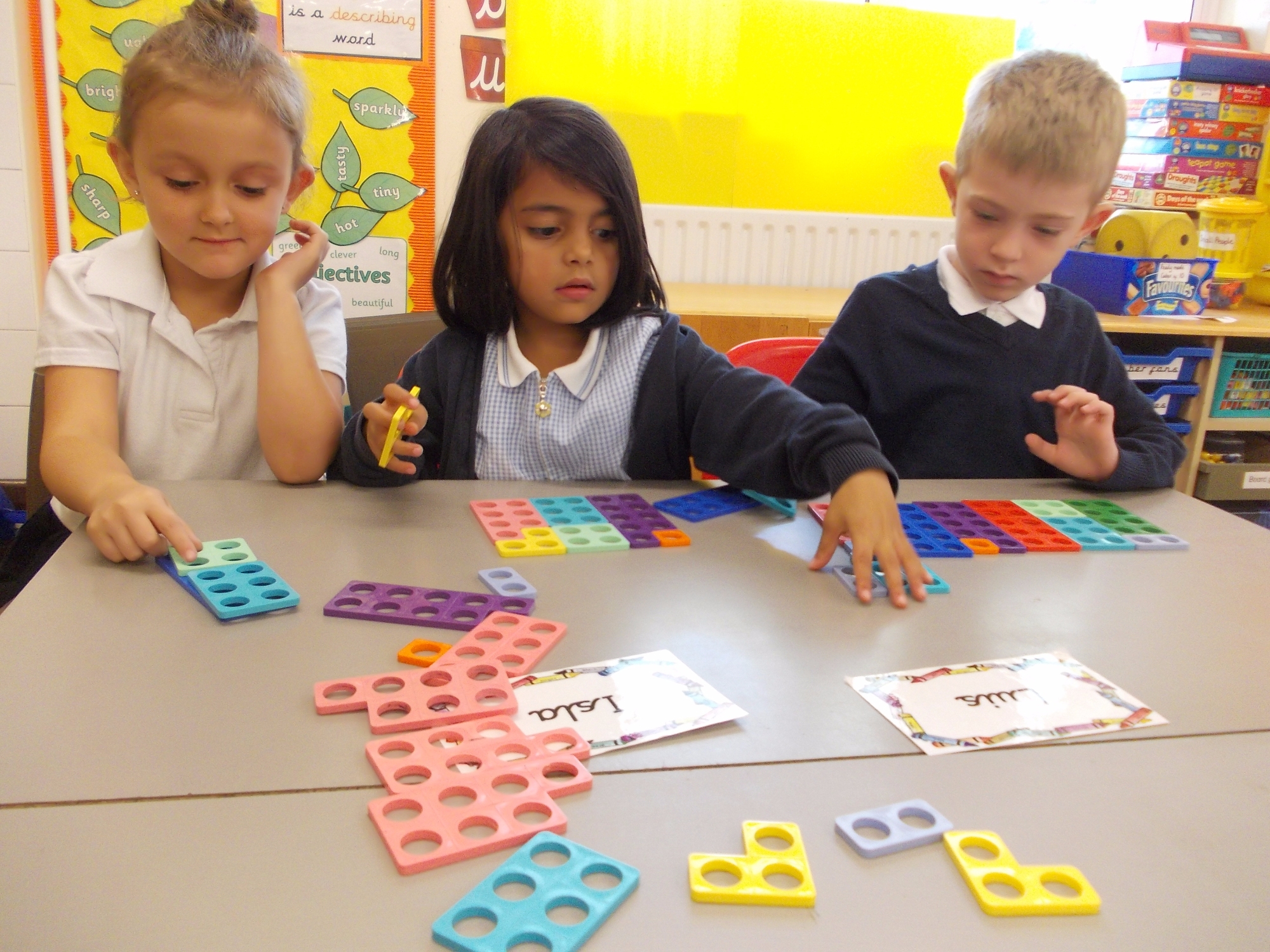 ''
''
